50 Animal Coloring Pages For Kids and Adults
I’ll admit it—I’m a grown adult who loves coloring pages.
There, I said it. There’s something about grabbing a fresh box of crayons, sitting down with a cute animal outline, and going to town with creativity that brings me back to simpler times.
Who knew shading a tiger’s stripes or giving a unicorn rainbow-colored hooves could be so oddly satisfying?
I started off thinking animal coloring pages were just for kids, but after sneaking a few pages from my niece’s coloring book, I realized… I was hooked. (And no, I’m not giving the book back.)
If you’re like me—whether you’re 6 or 36—coloring is a fun, stress-relieving hobby.
And with animals, the possibilities are endless!
From majestic lions to whimsical foxes, there’s no limit to how many stripes, spots, or funky colors you can add.
So whether you’re a kid or just a big kid at heart, grab your crayons, markers, or colored pencils, and let’s unleash some creativity on these animal coloring pages!
Animal Coloring Pages For Kids and Toddlers
1

2
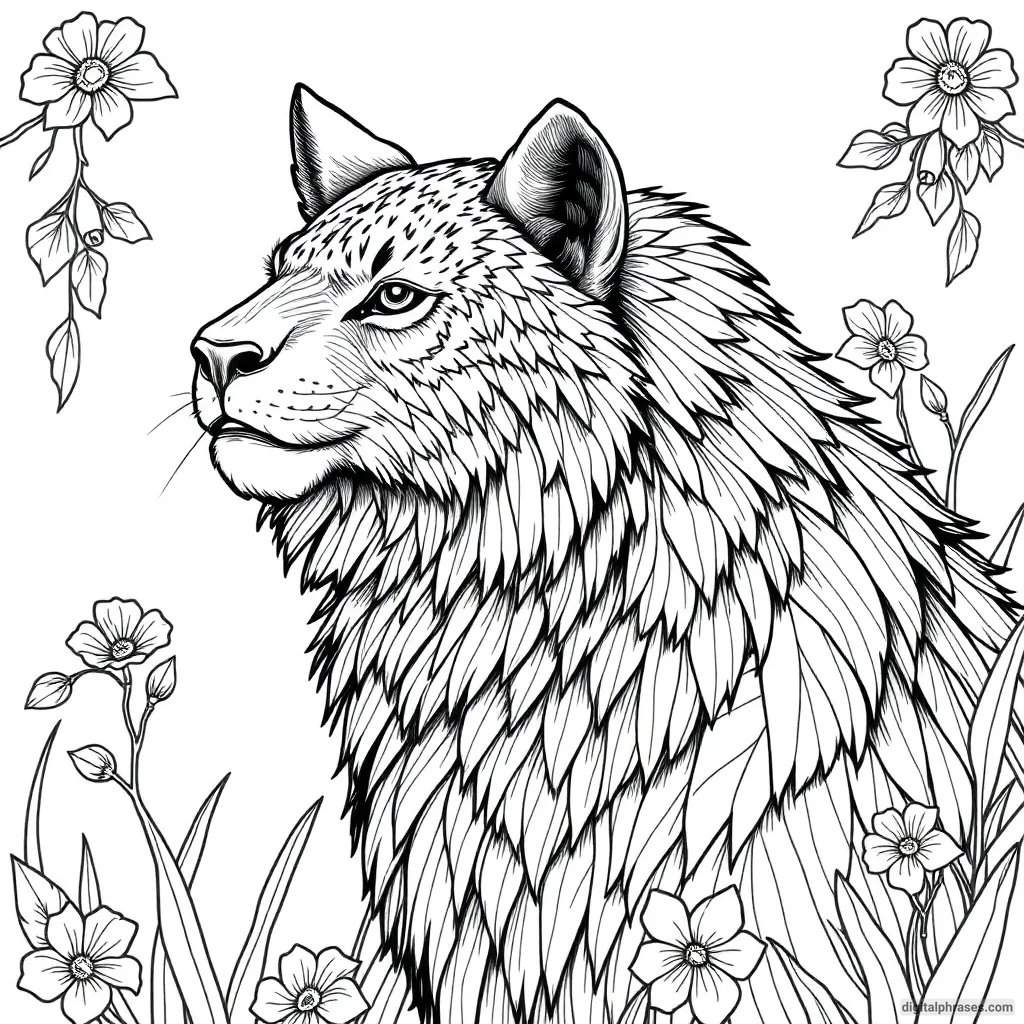
3
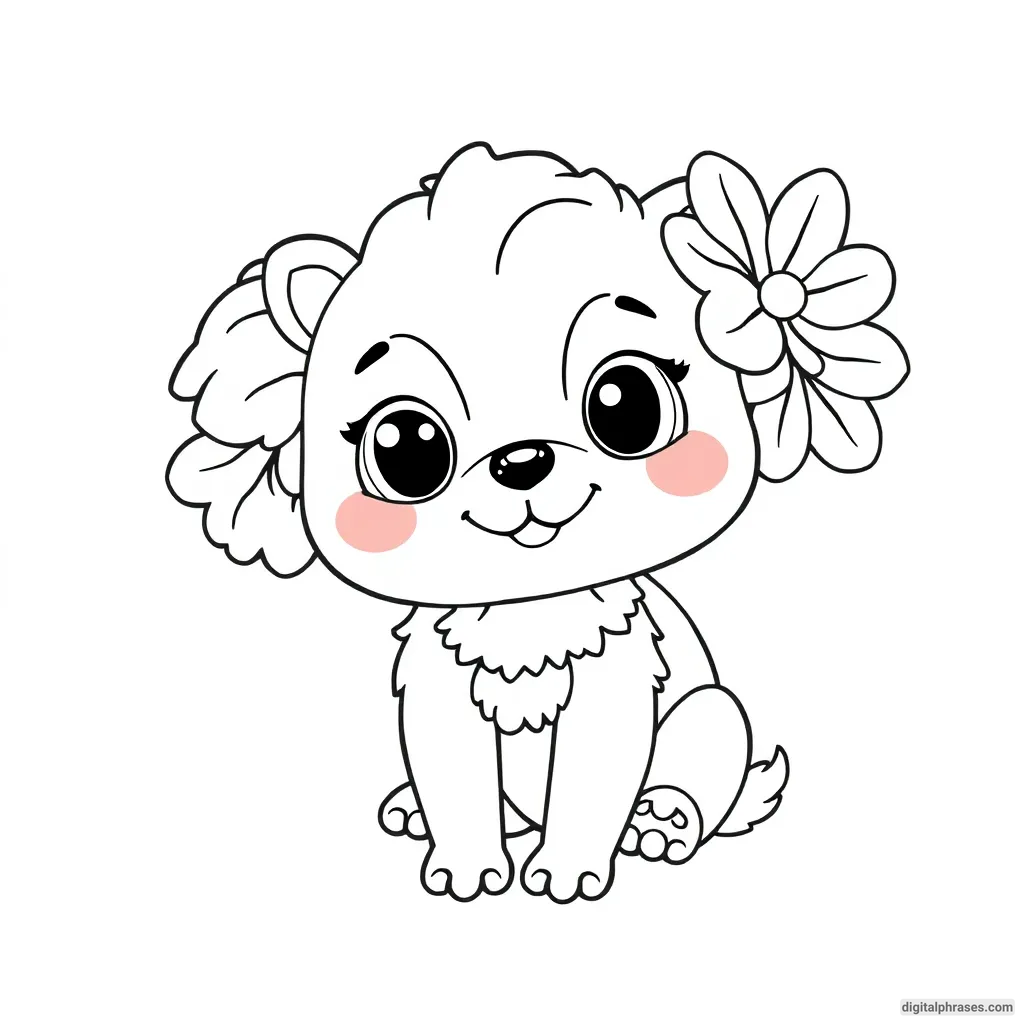
4

5
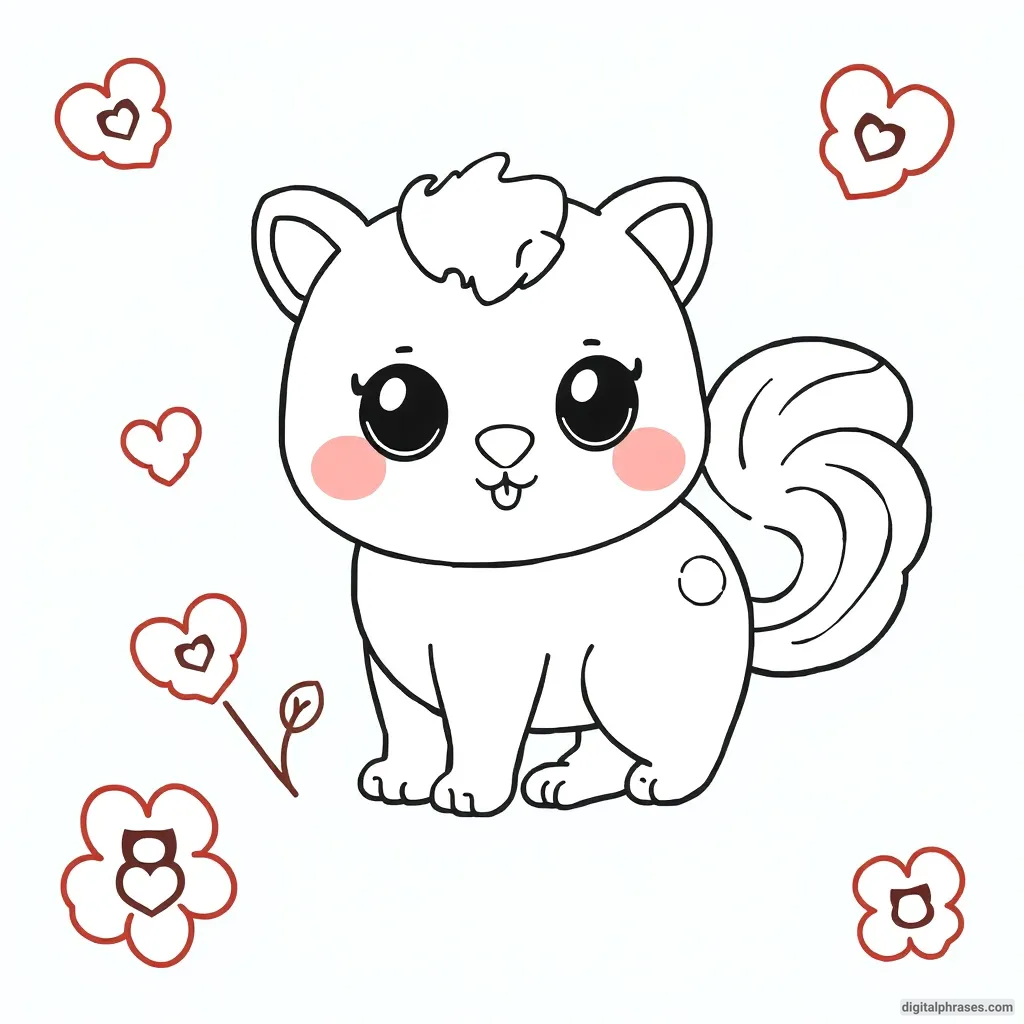
6
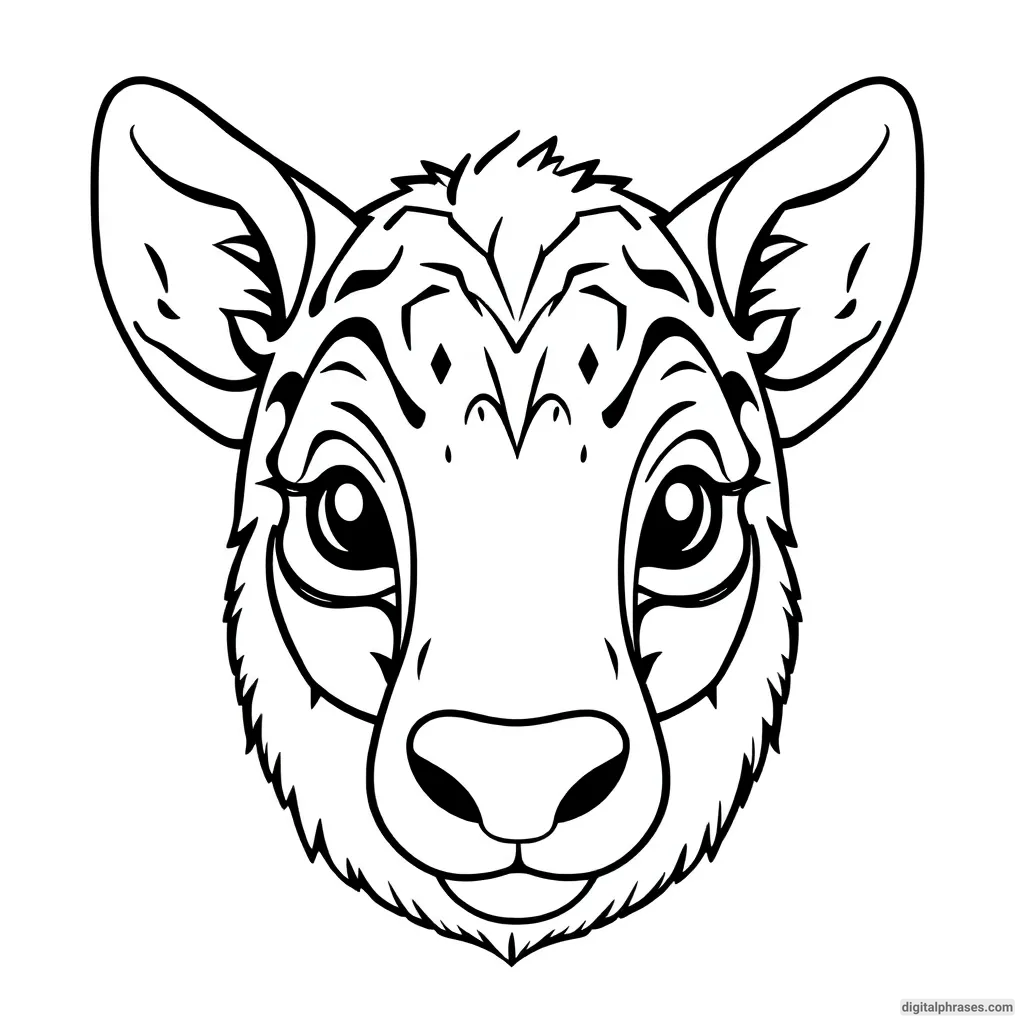
7
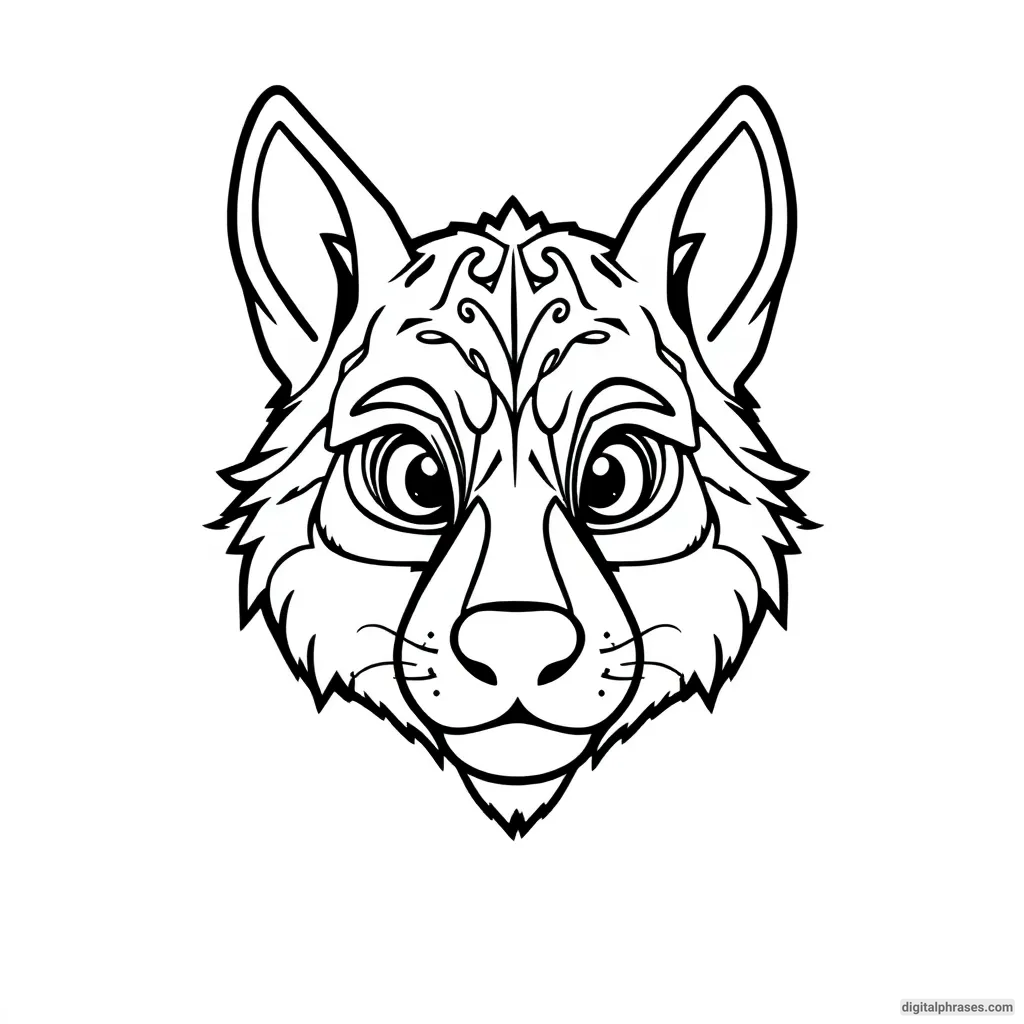
8

9
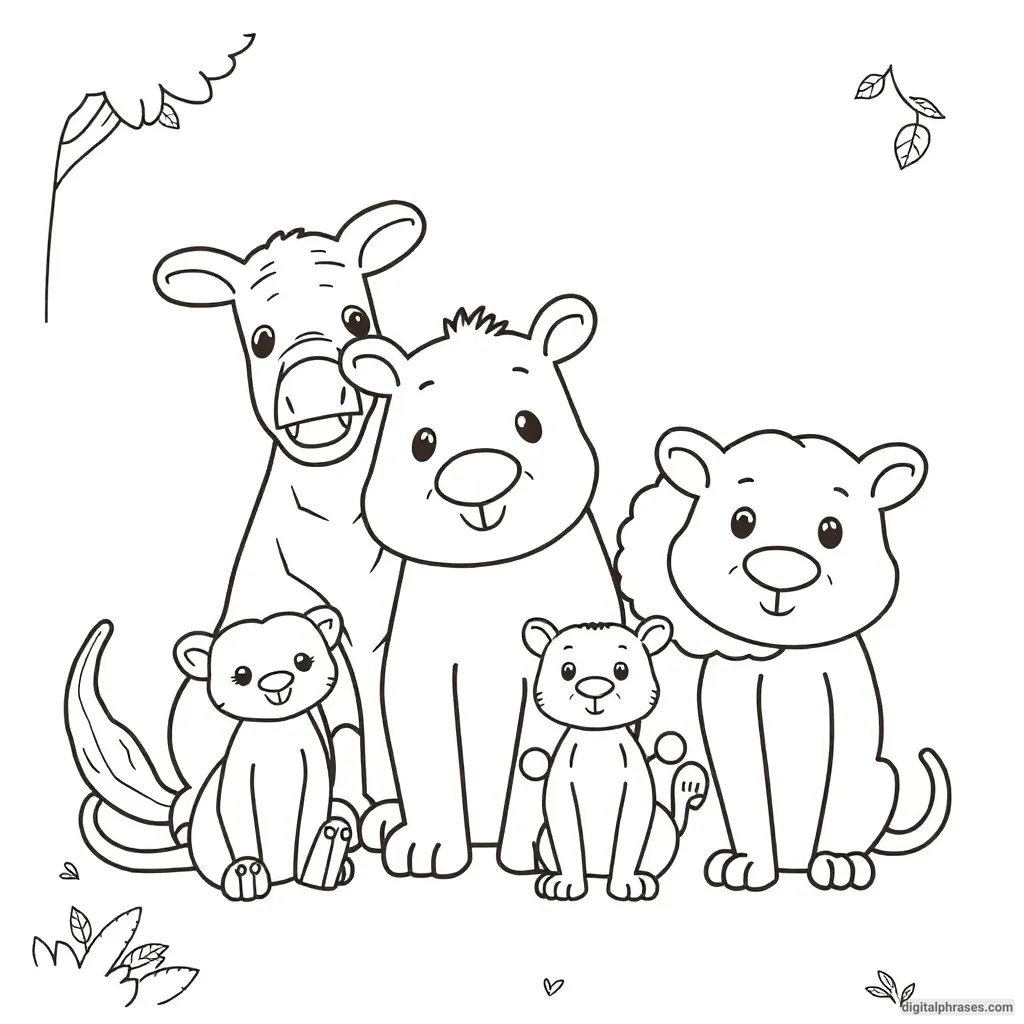
10
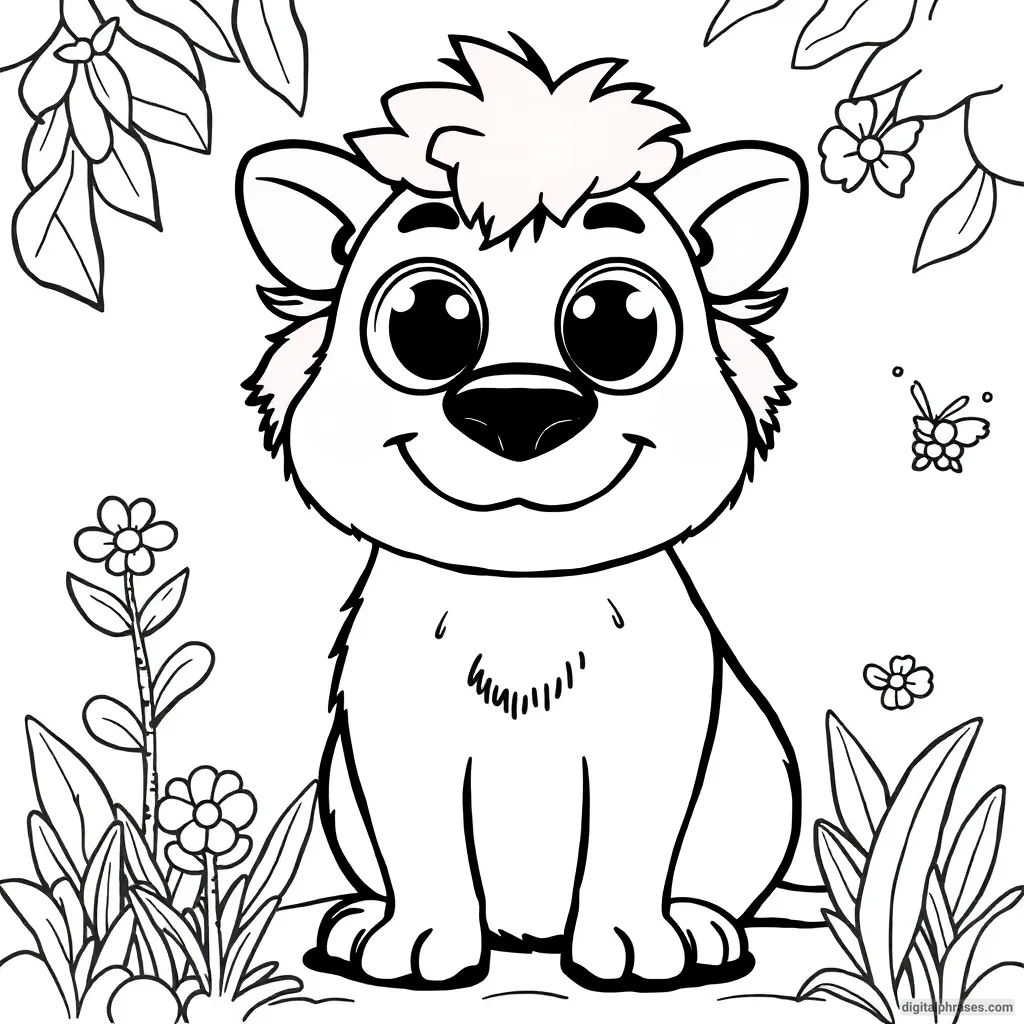
Animal Coloring Pages For Adults
1
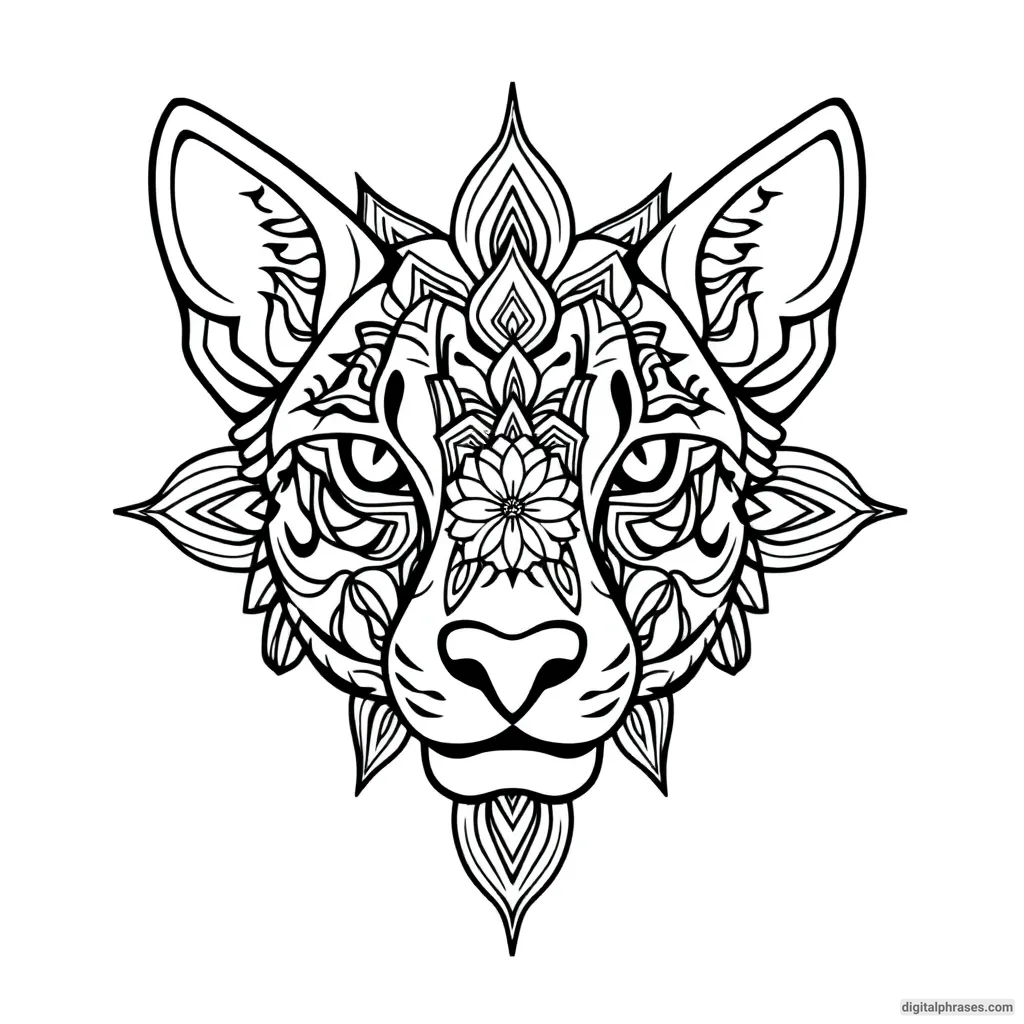
2
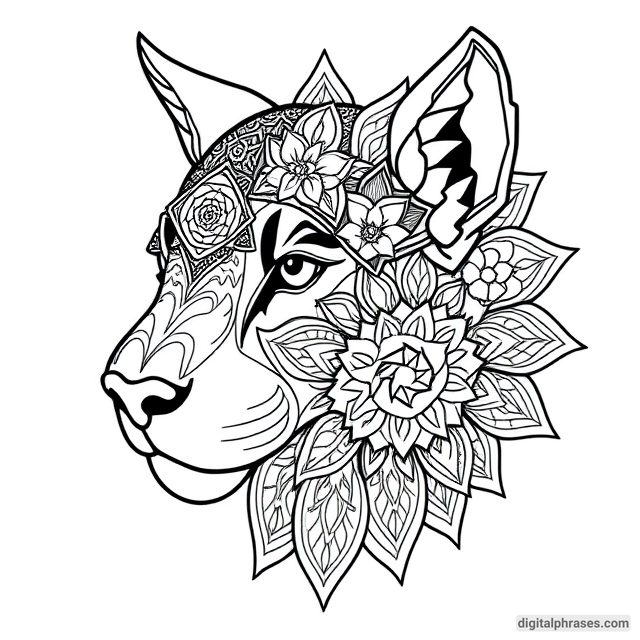
3
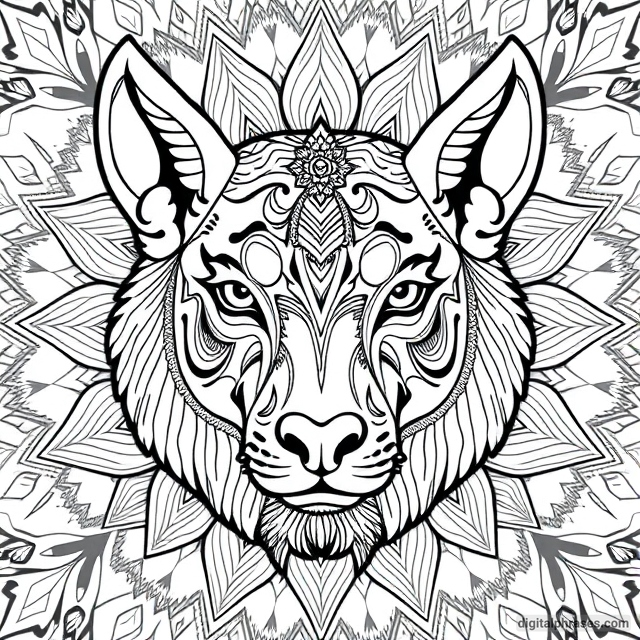
4
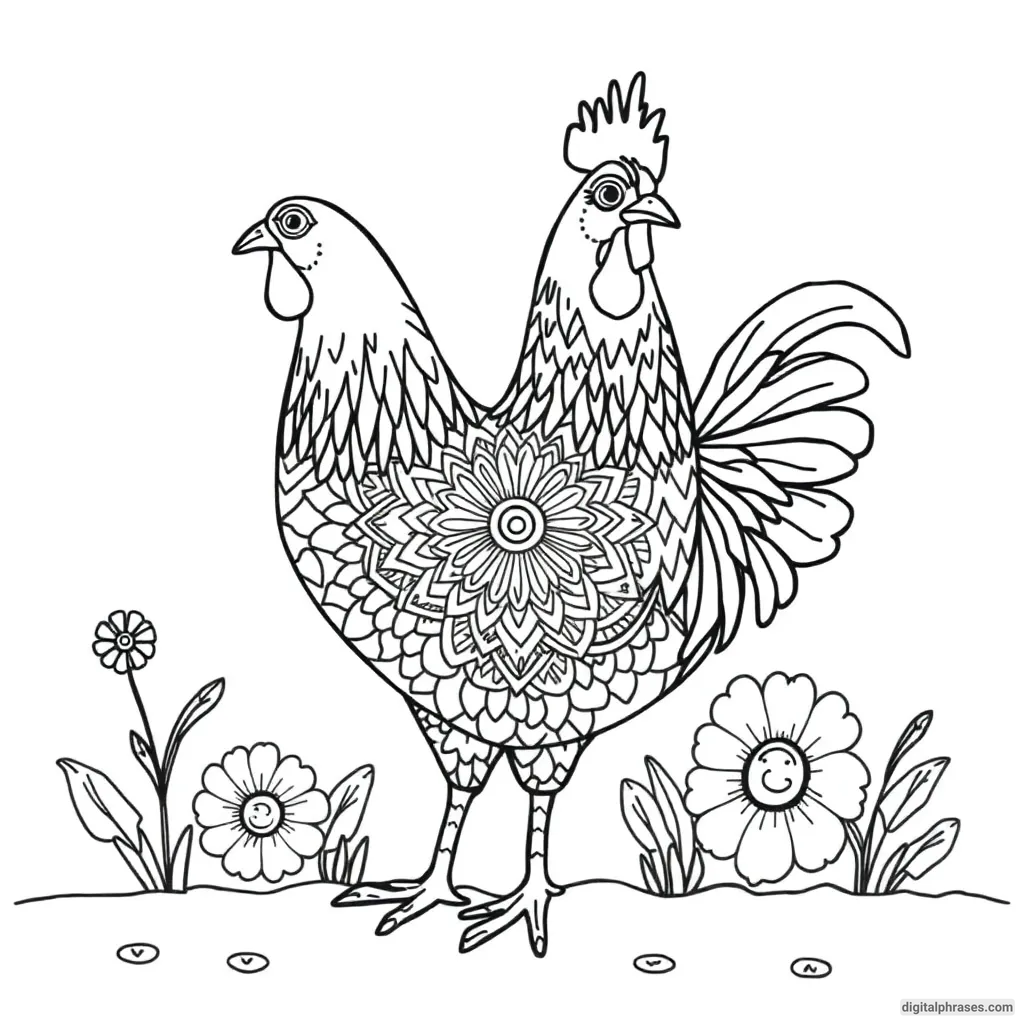
5
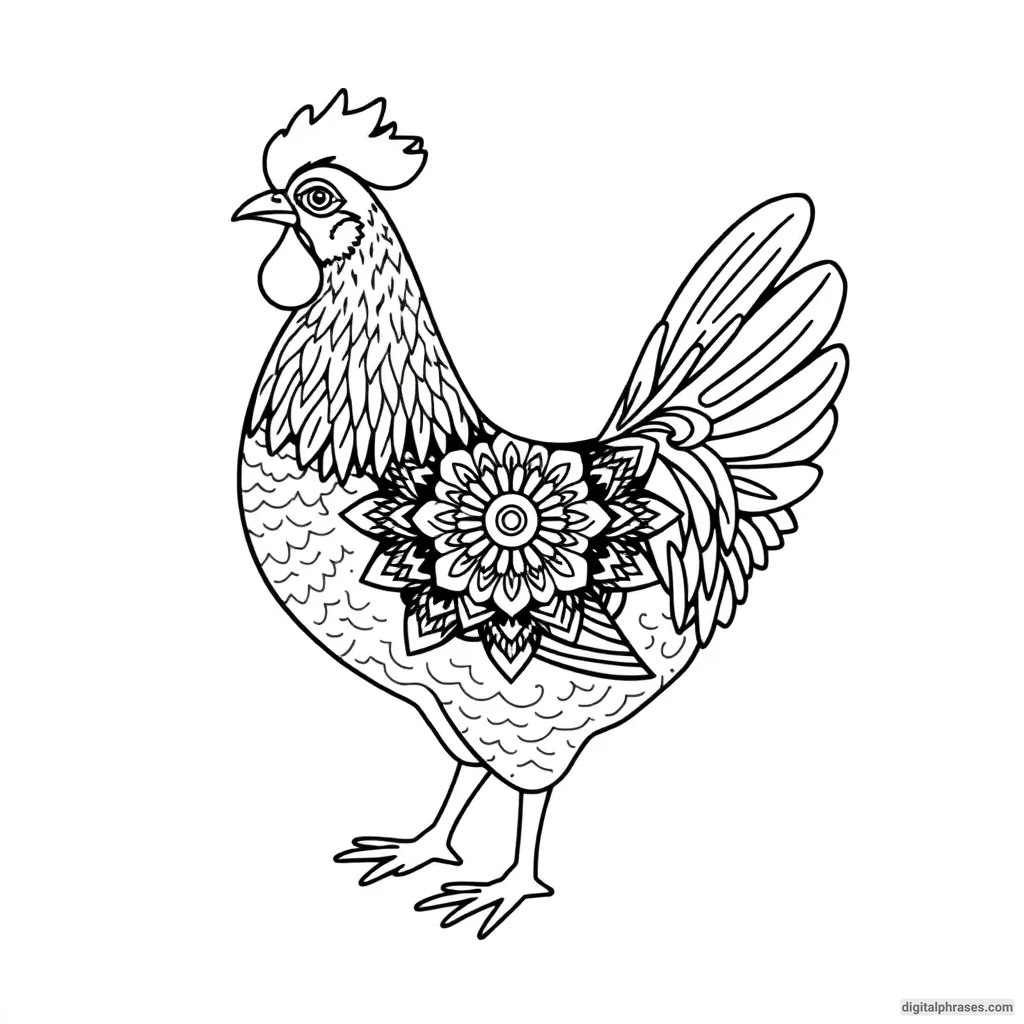
6

7
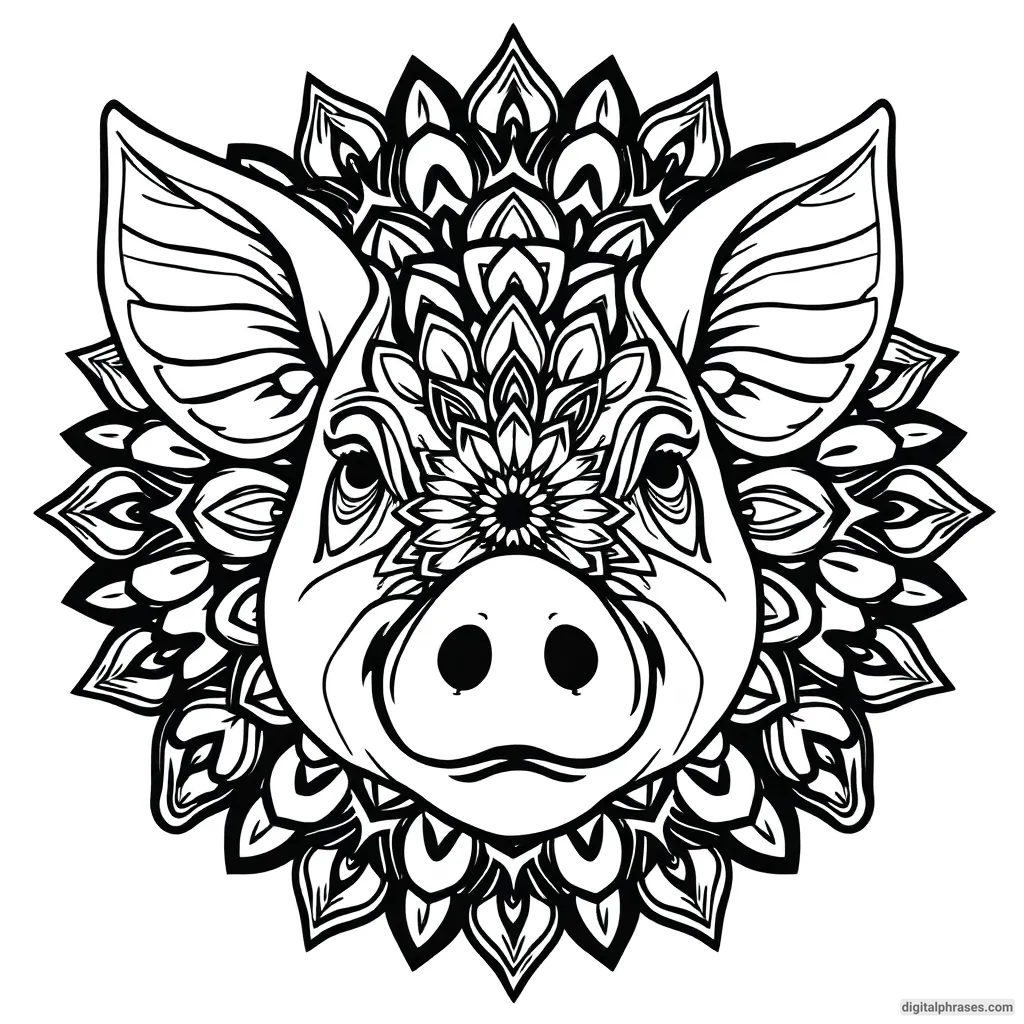
8

9
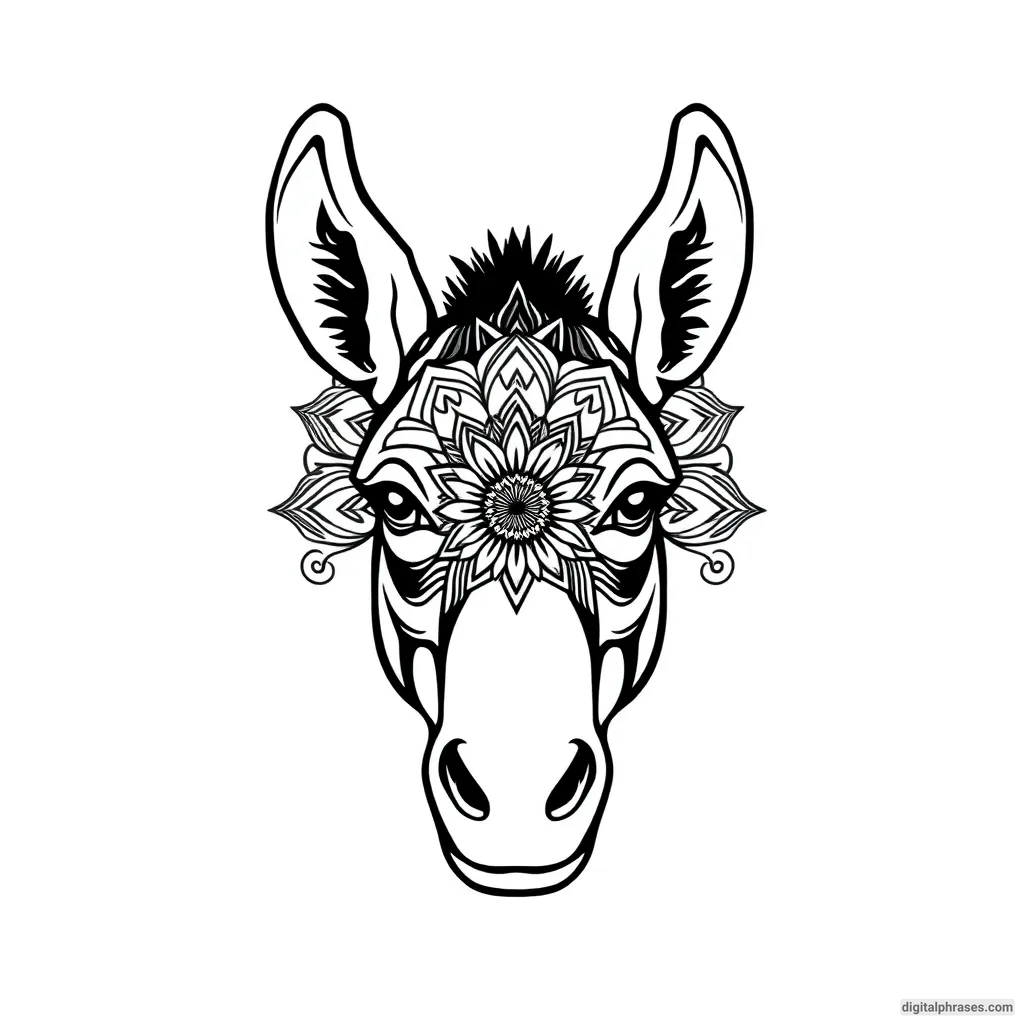
10
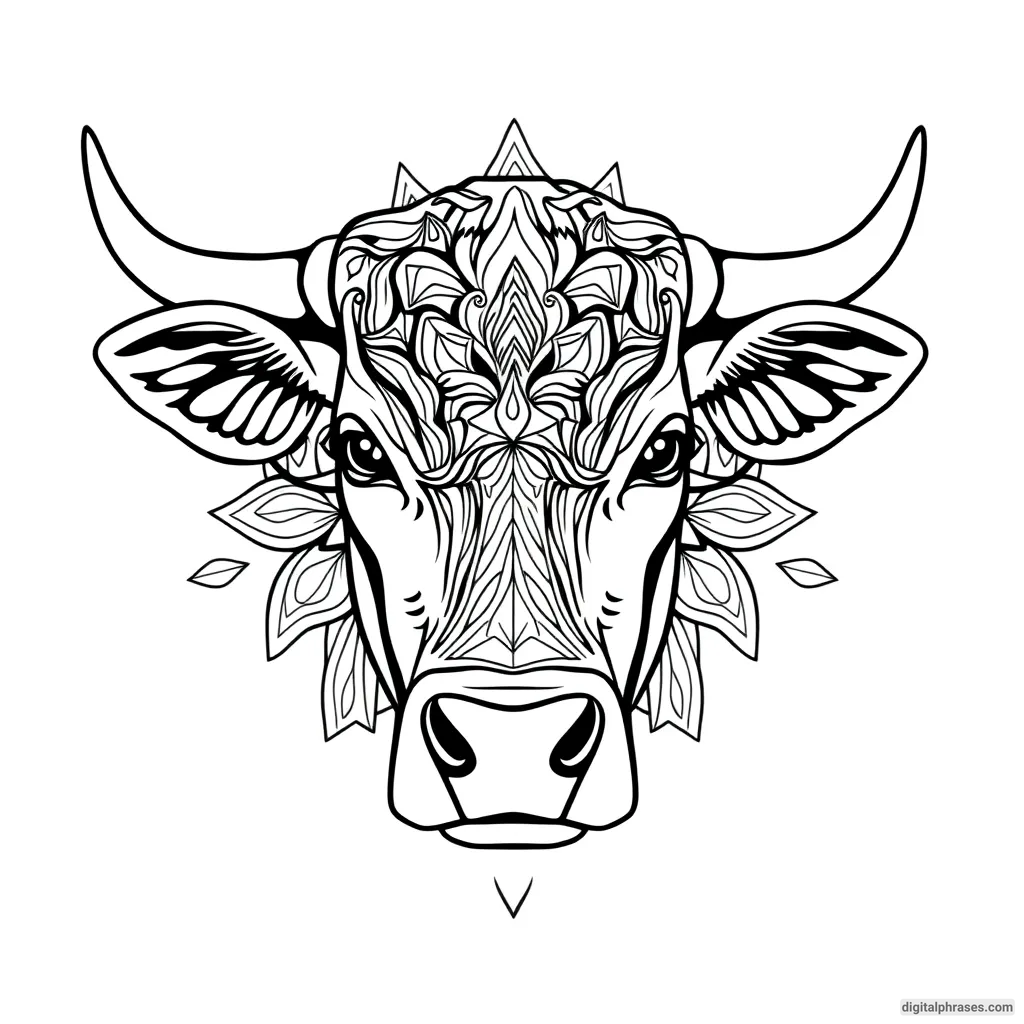
Realistic Animal Coloring Pages
1
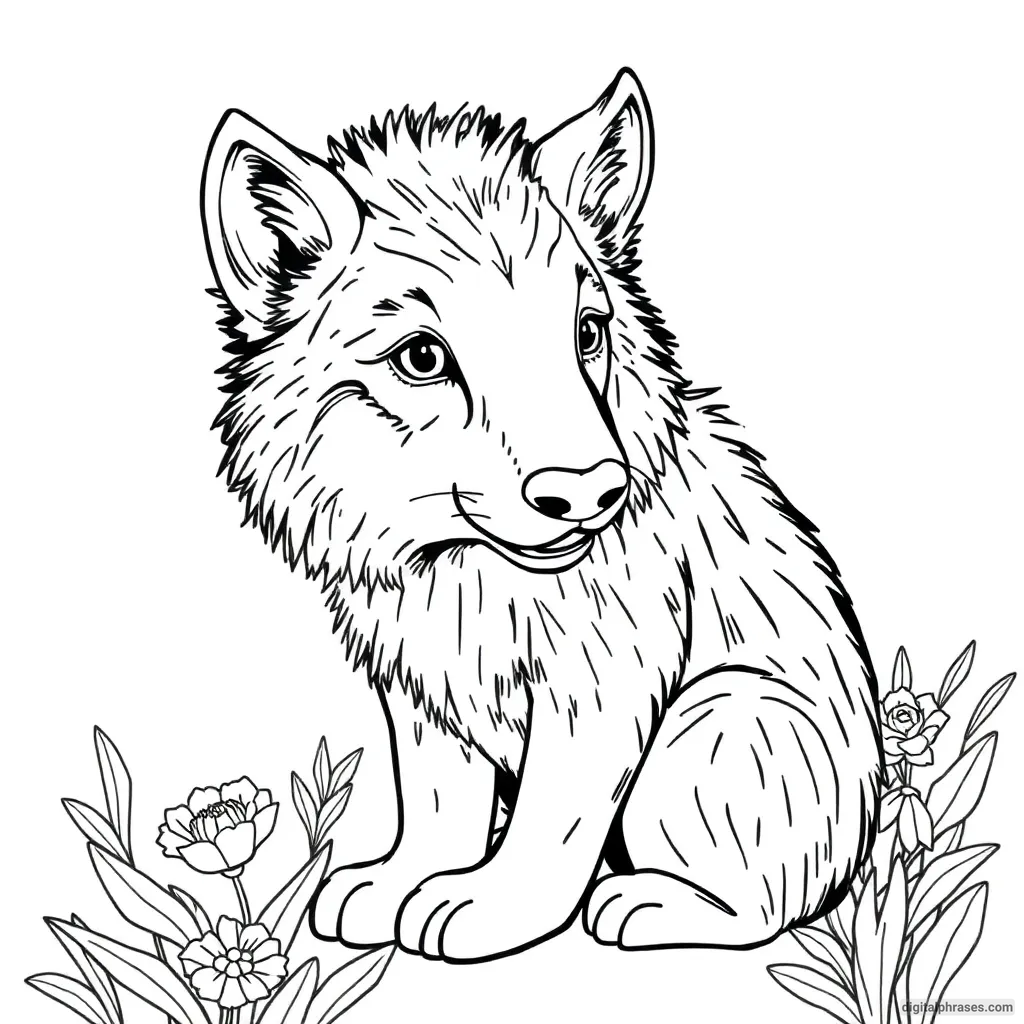
2
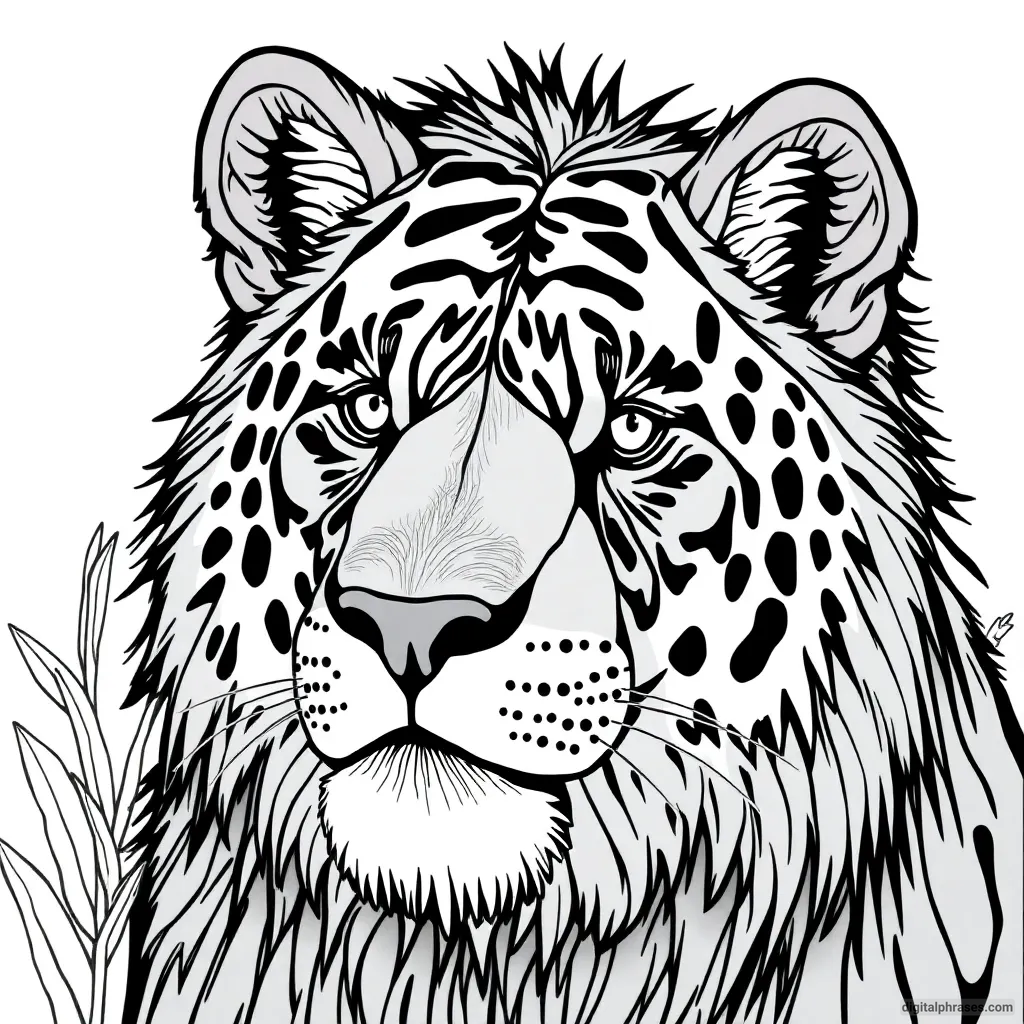
3
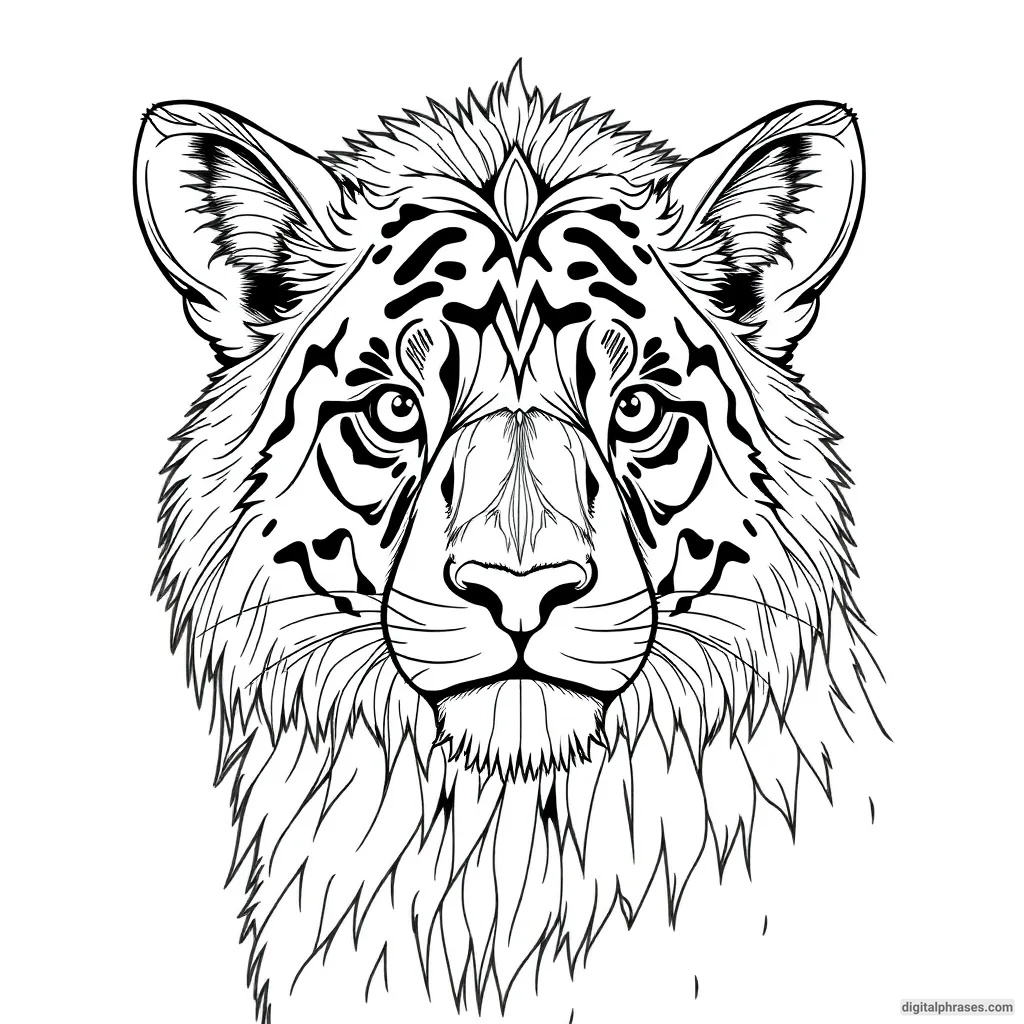
4
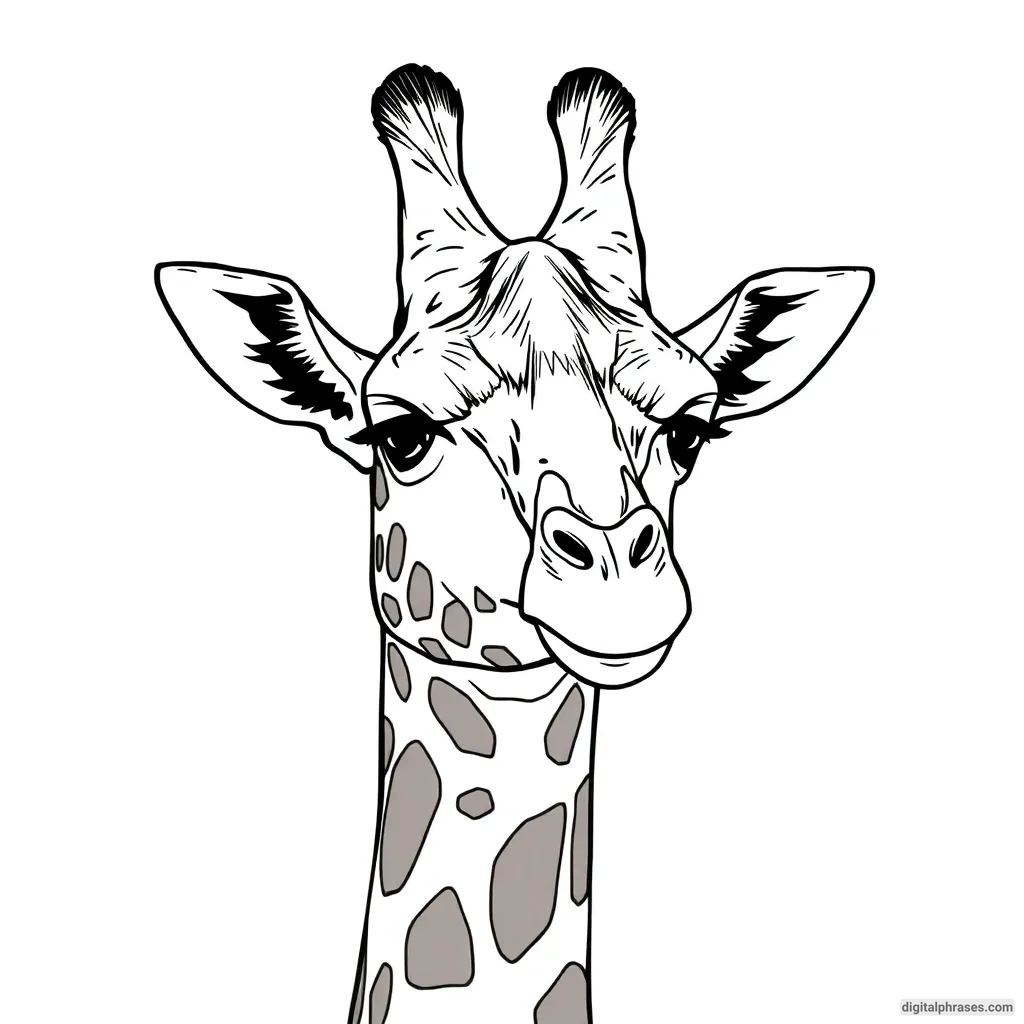
5
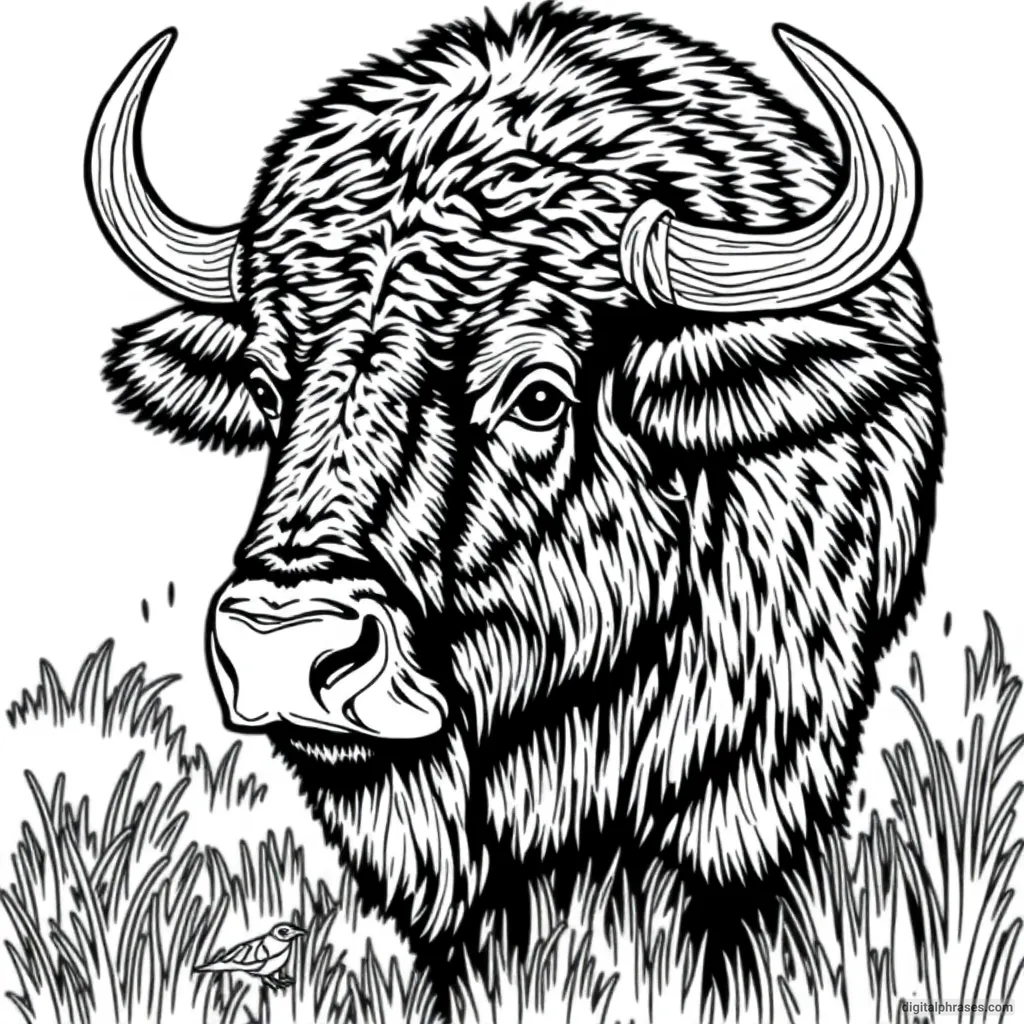
6
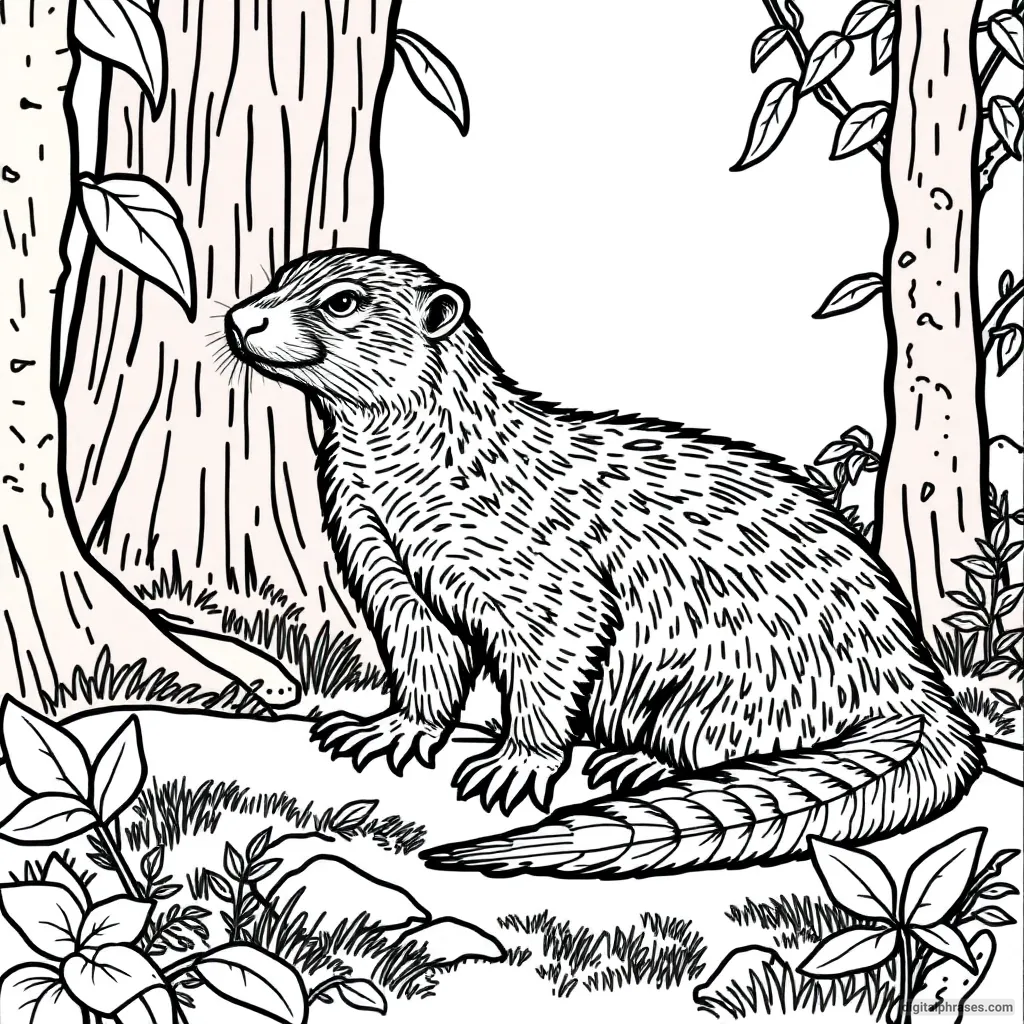
7

8
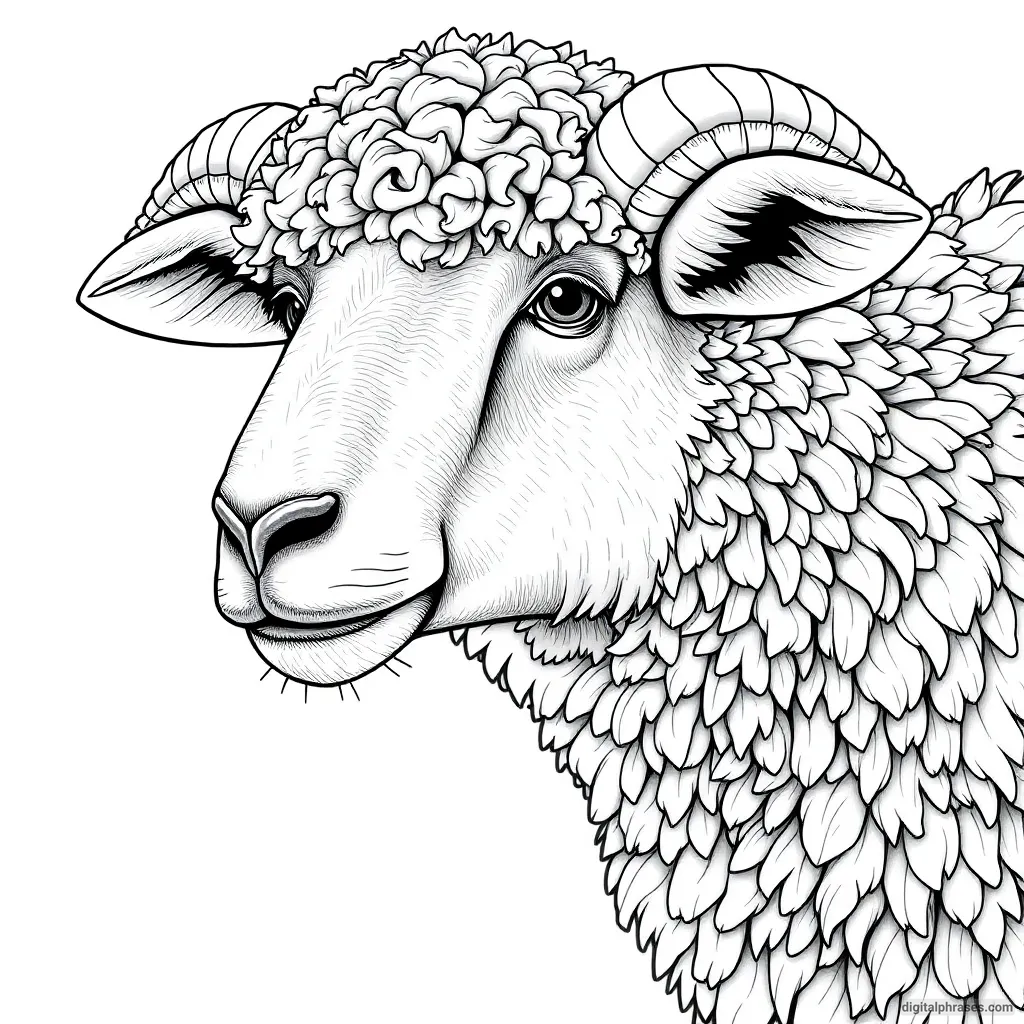
9
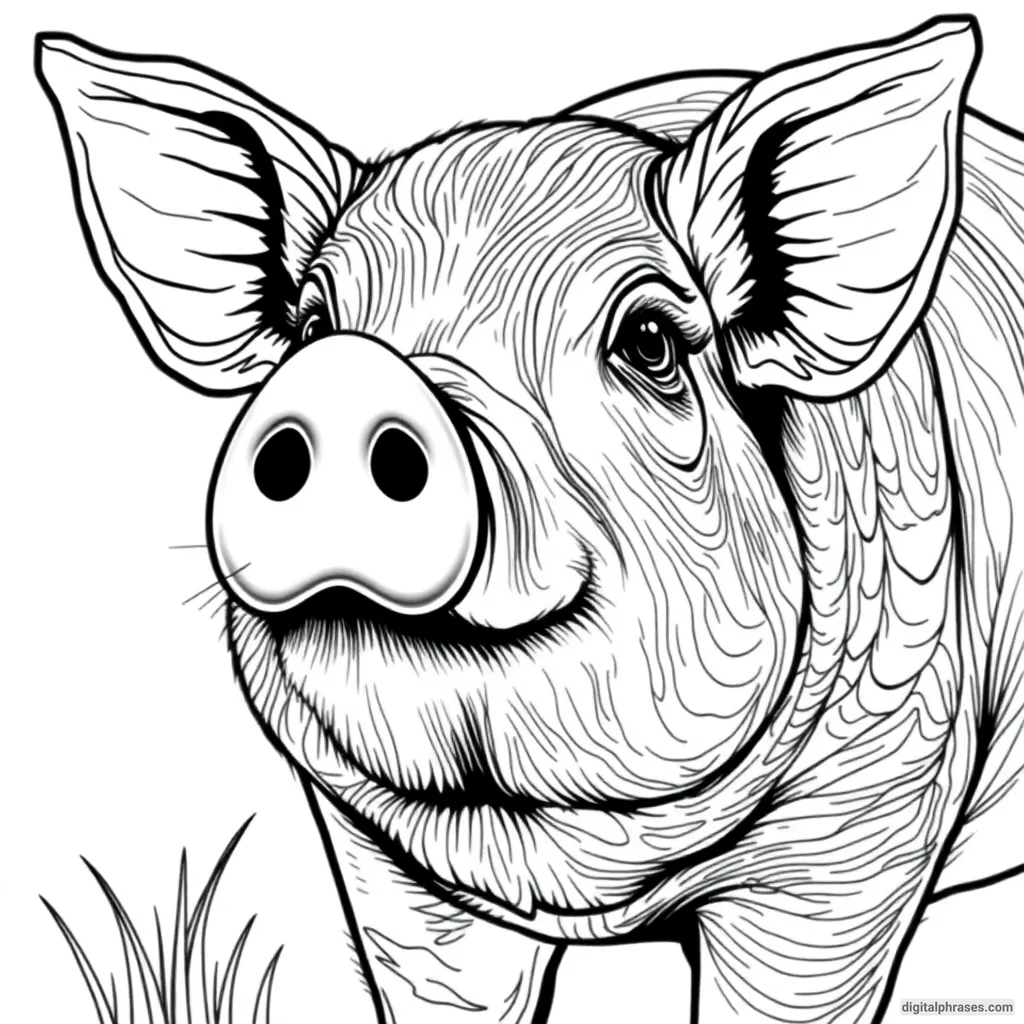
10
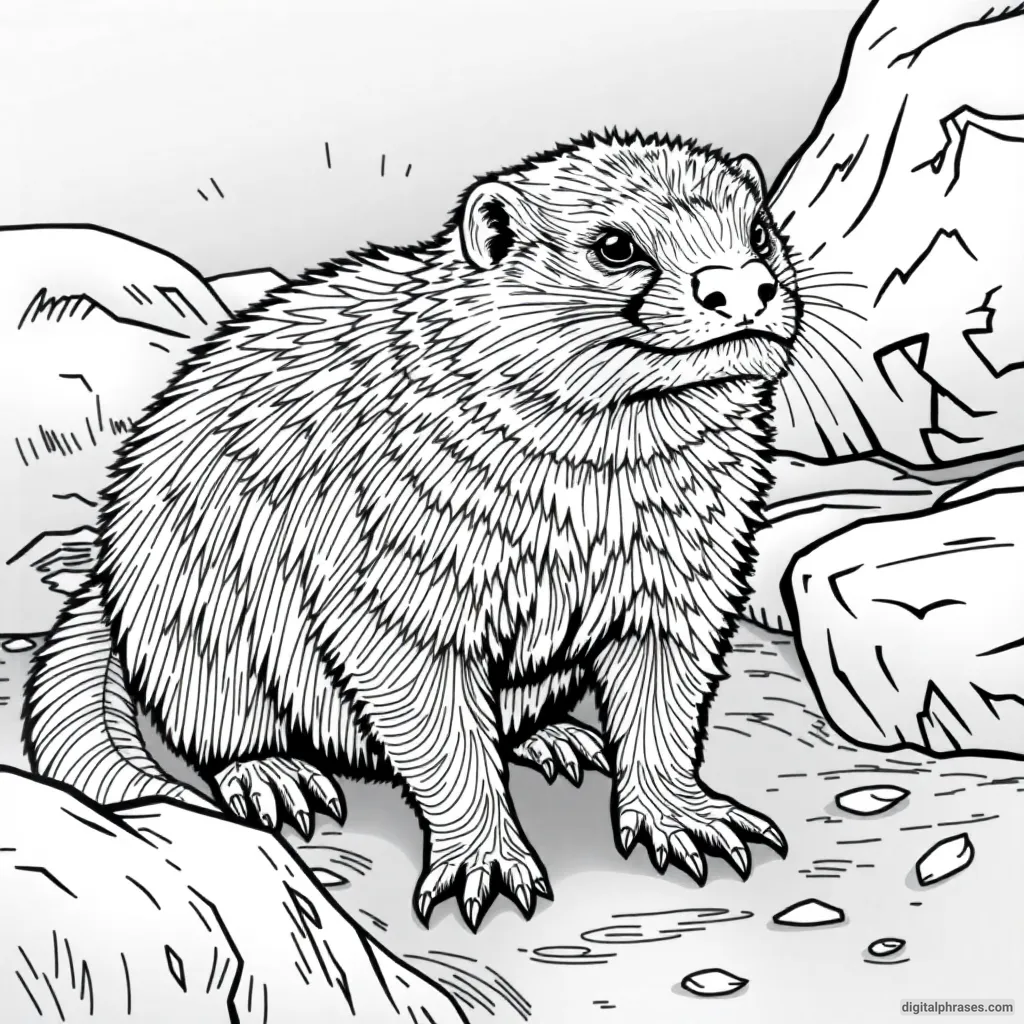
Easy and Simple Animal Coloring Pages
1
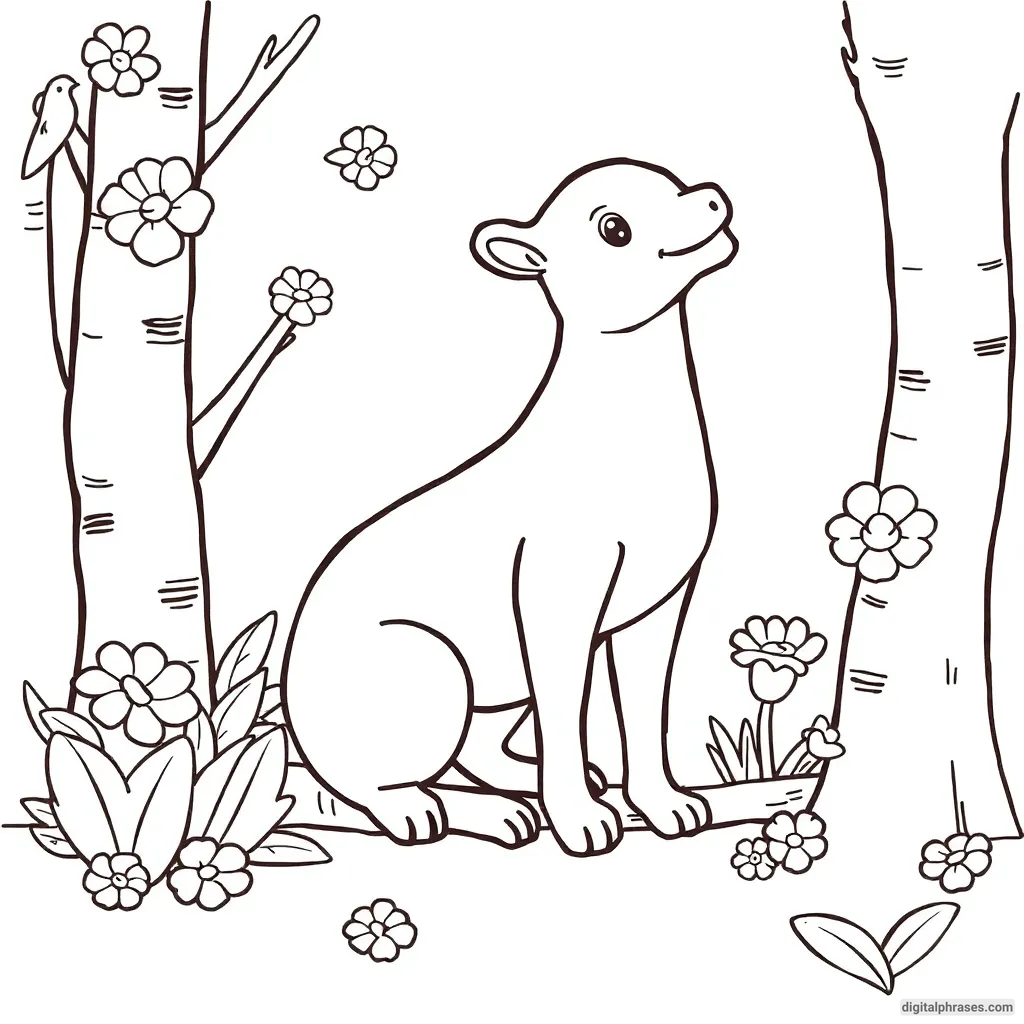
2
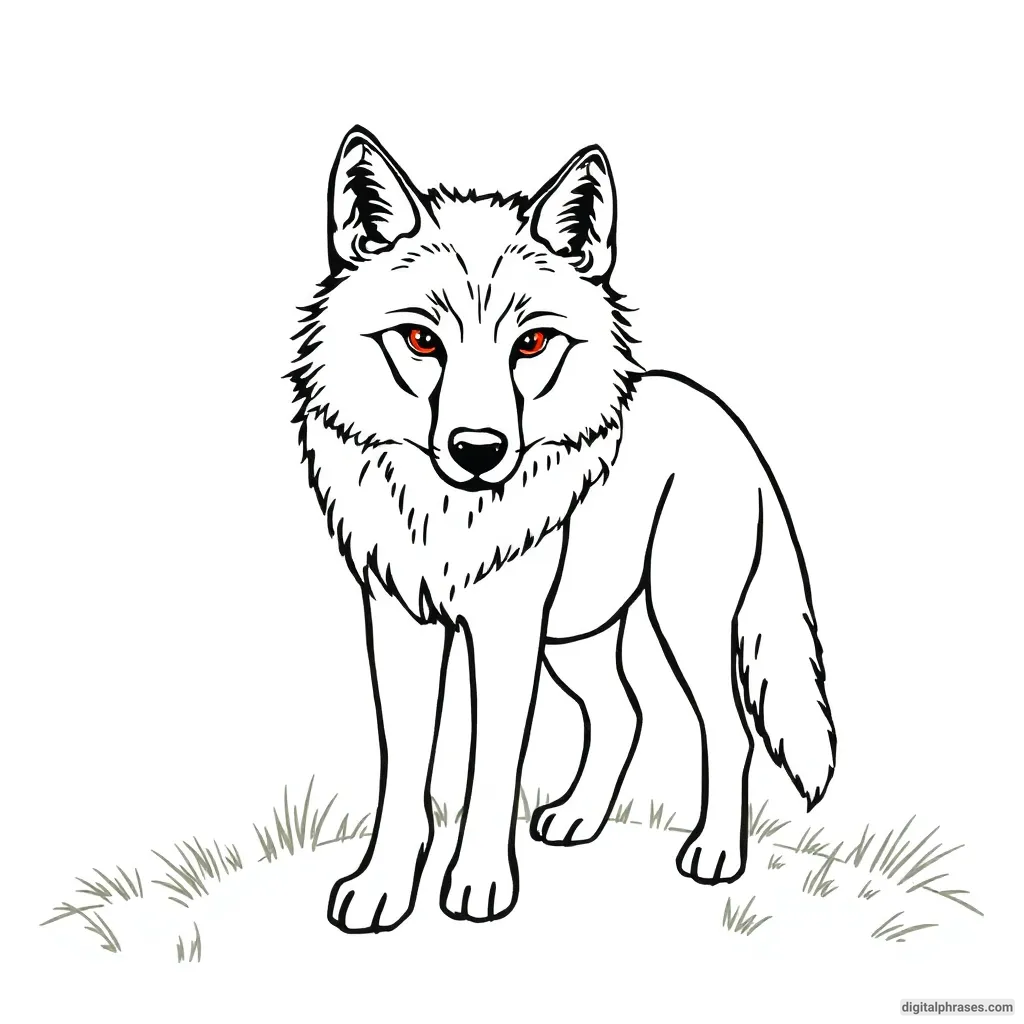
3
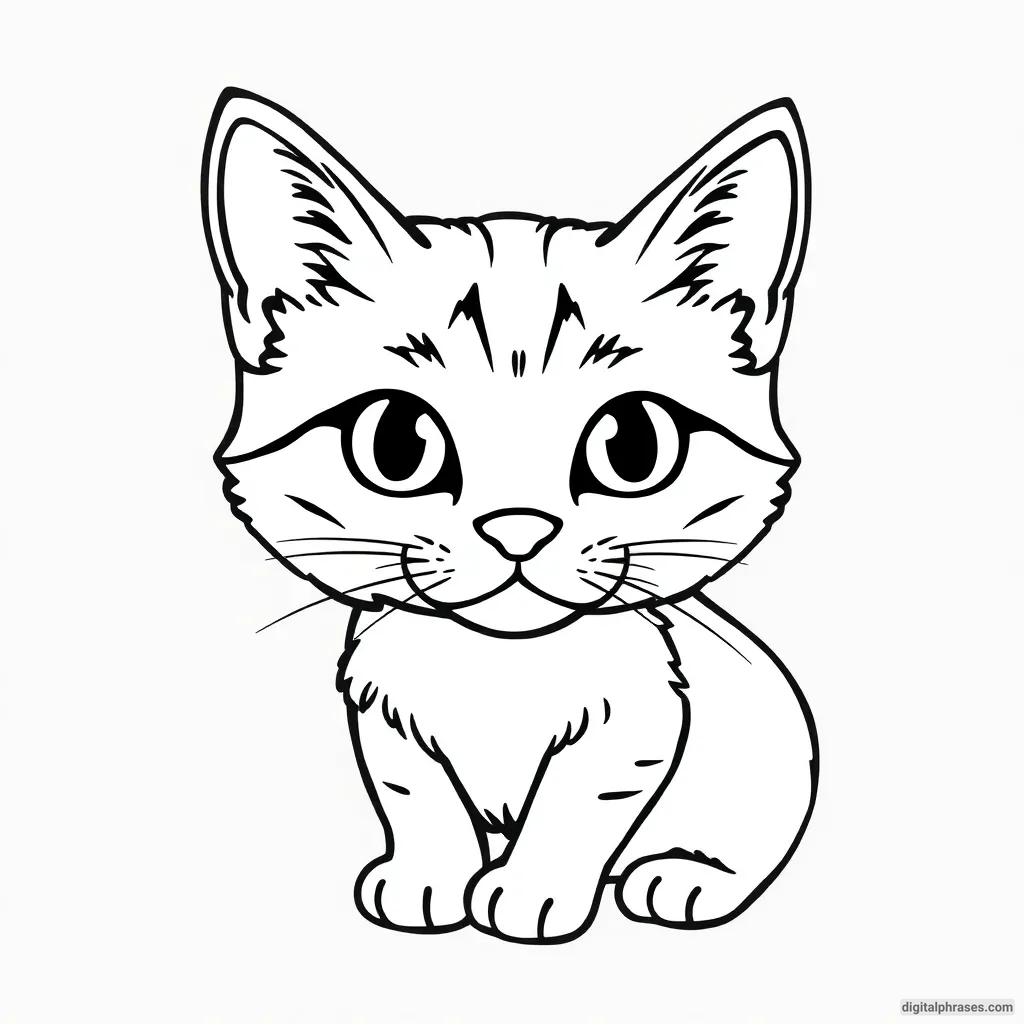
4
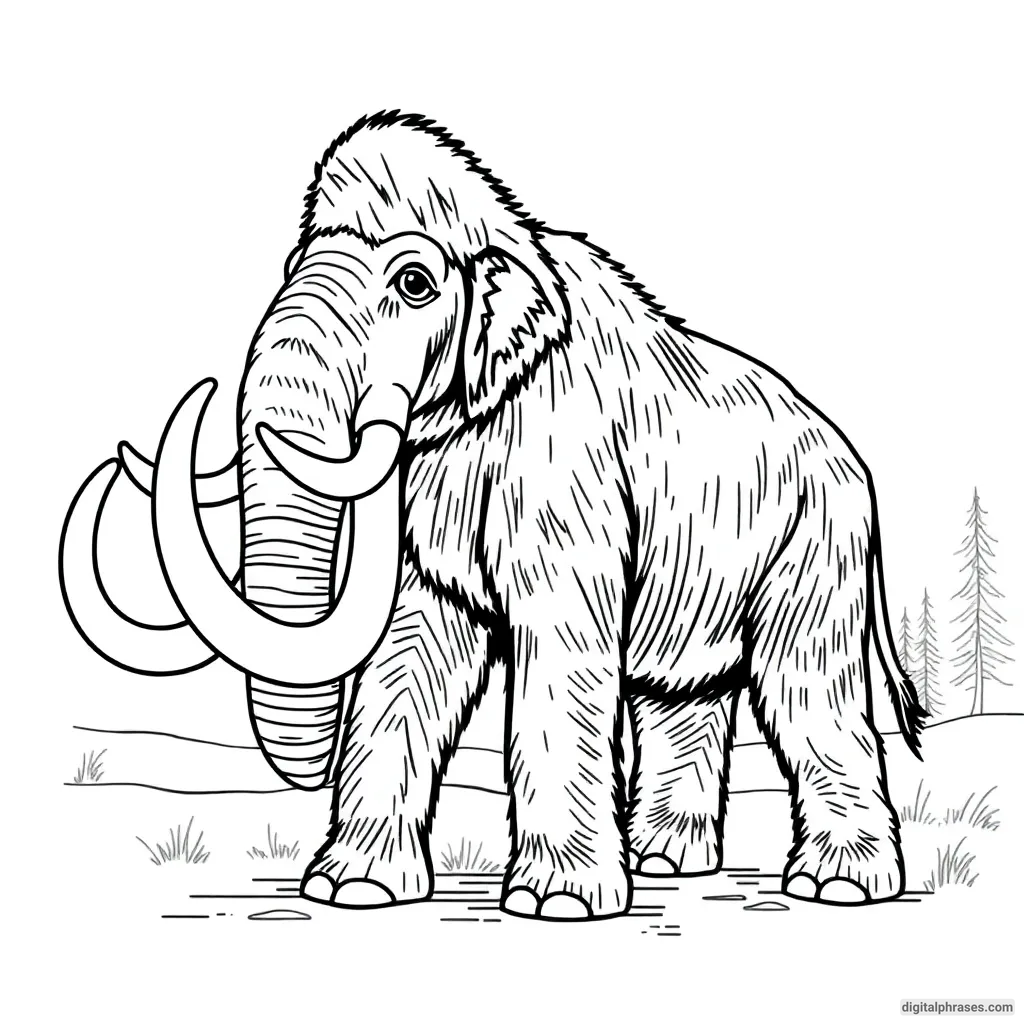
5
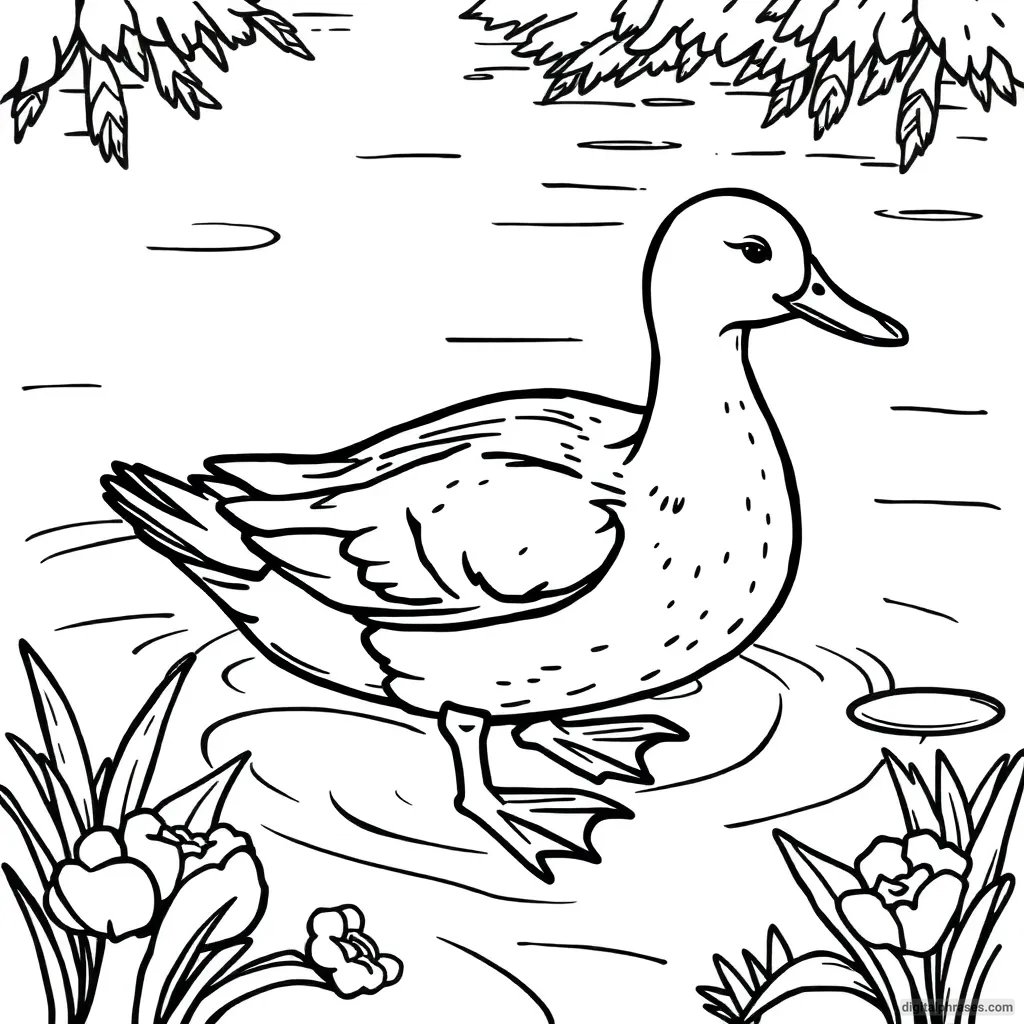
6
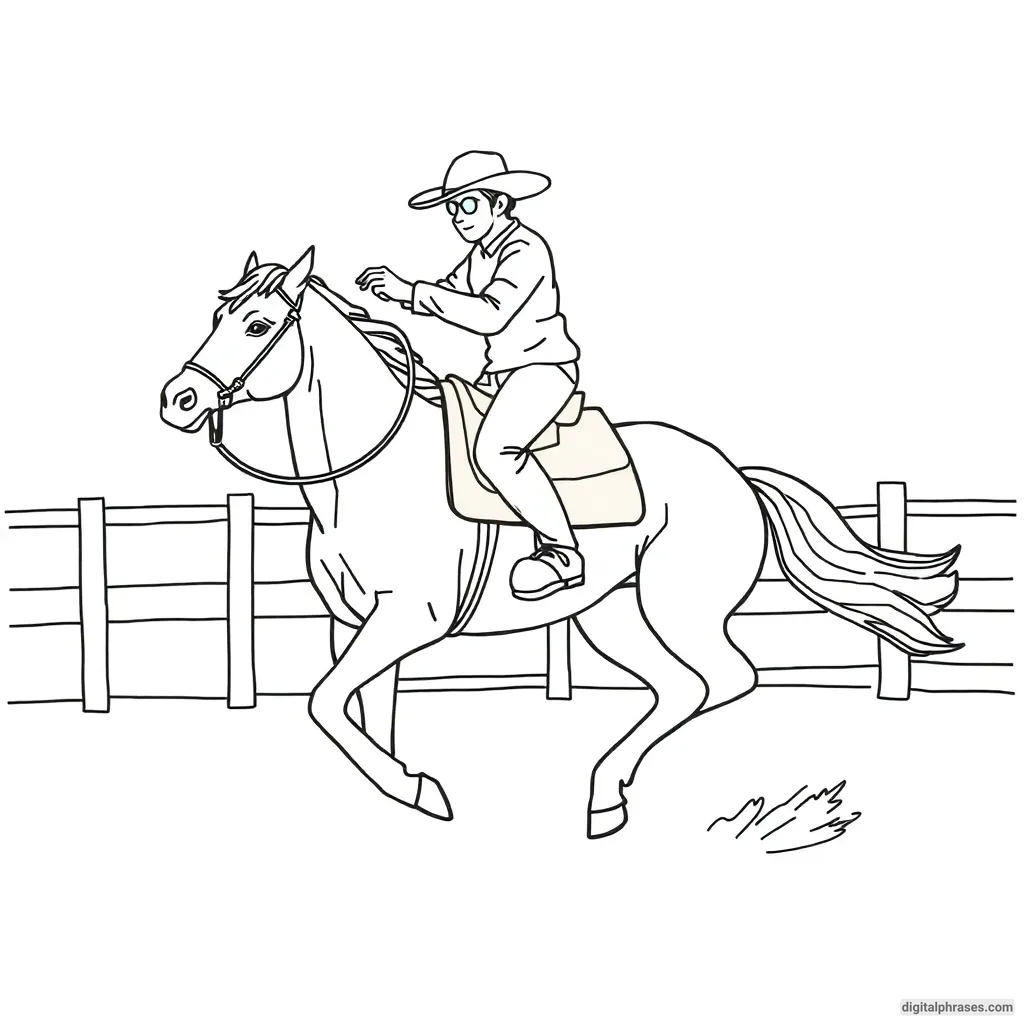
7
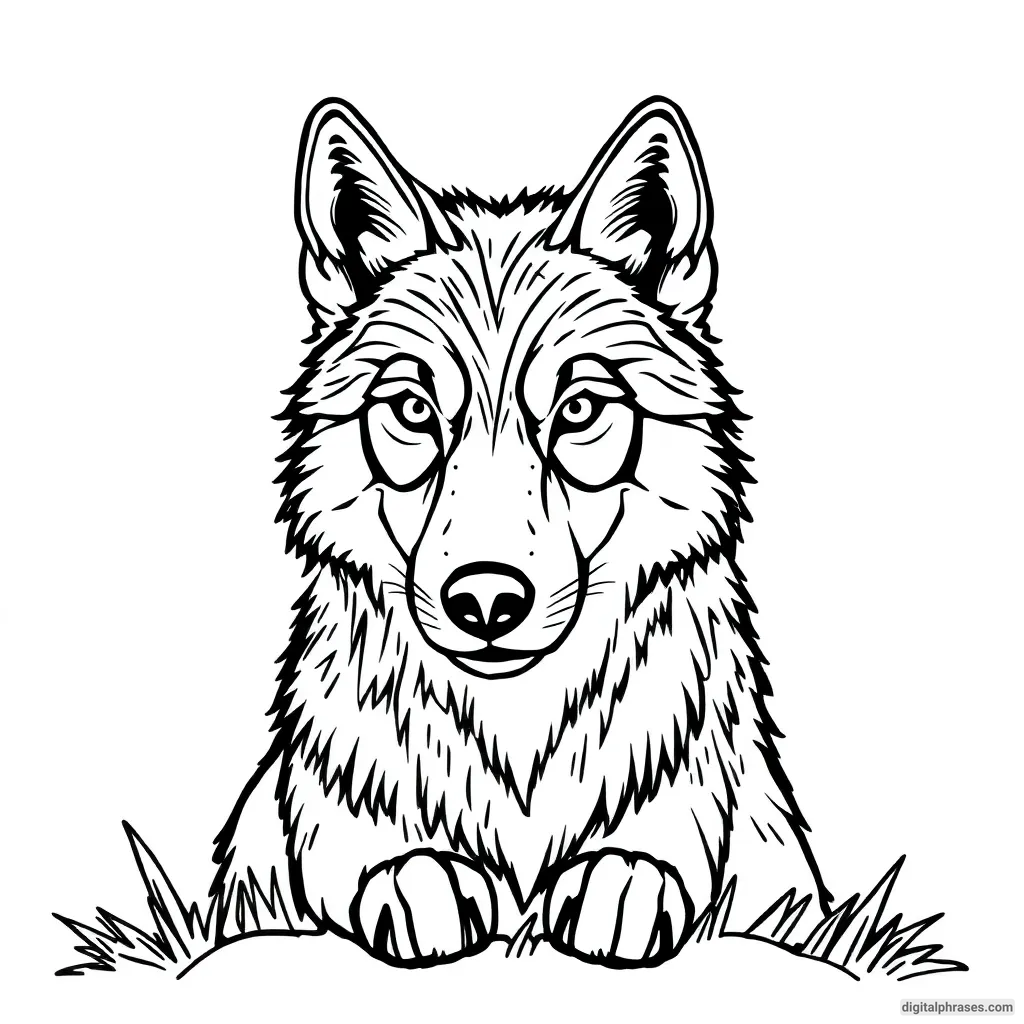
8

9
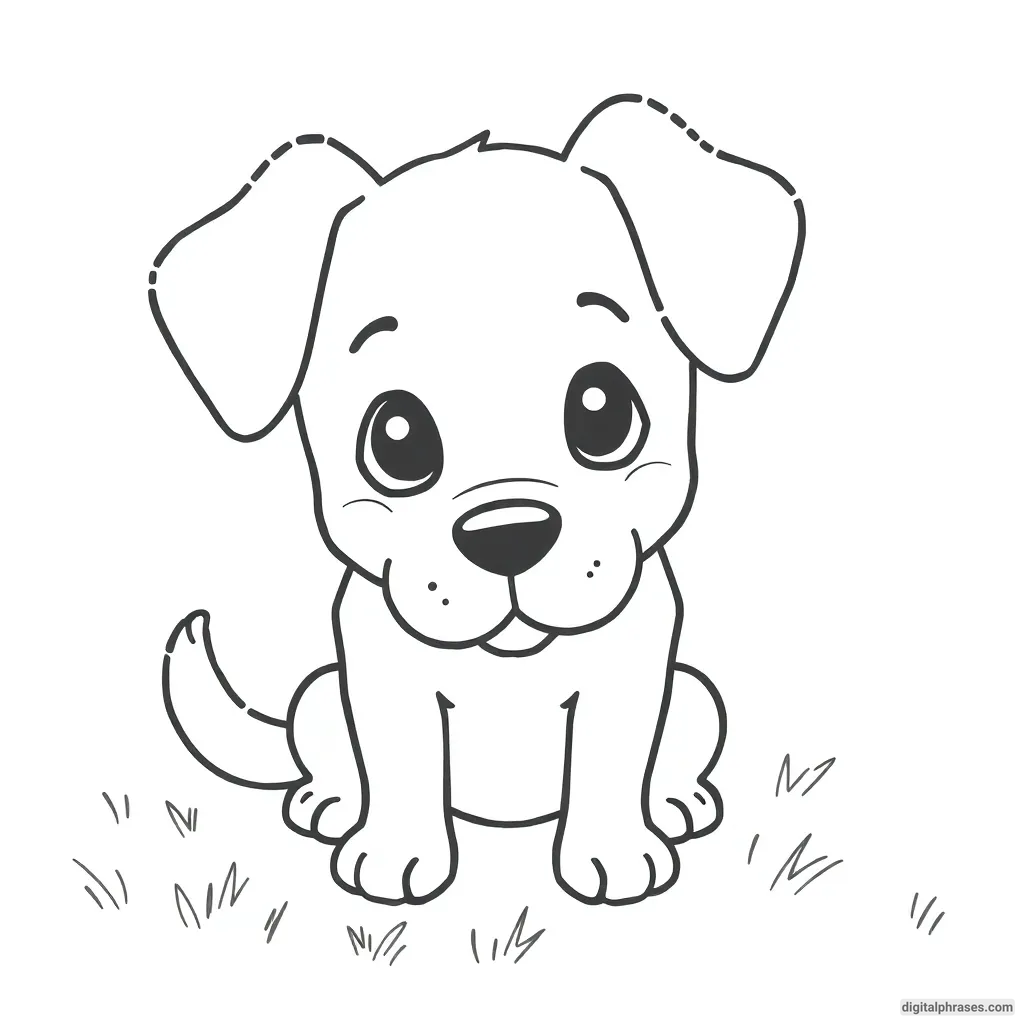
10
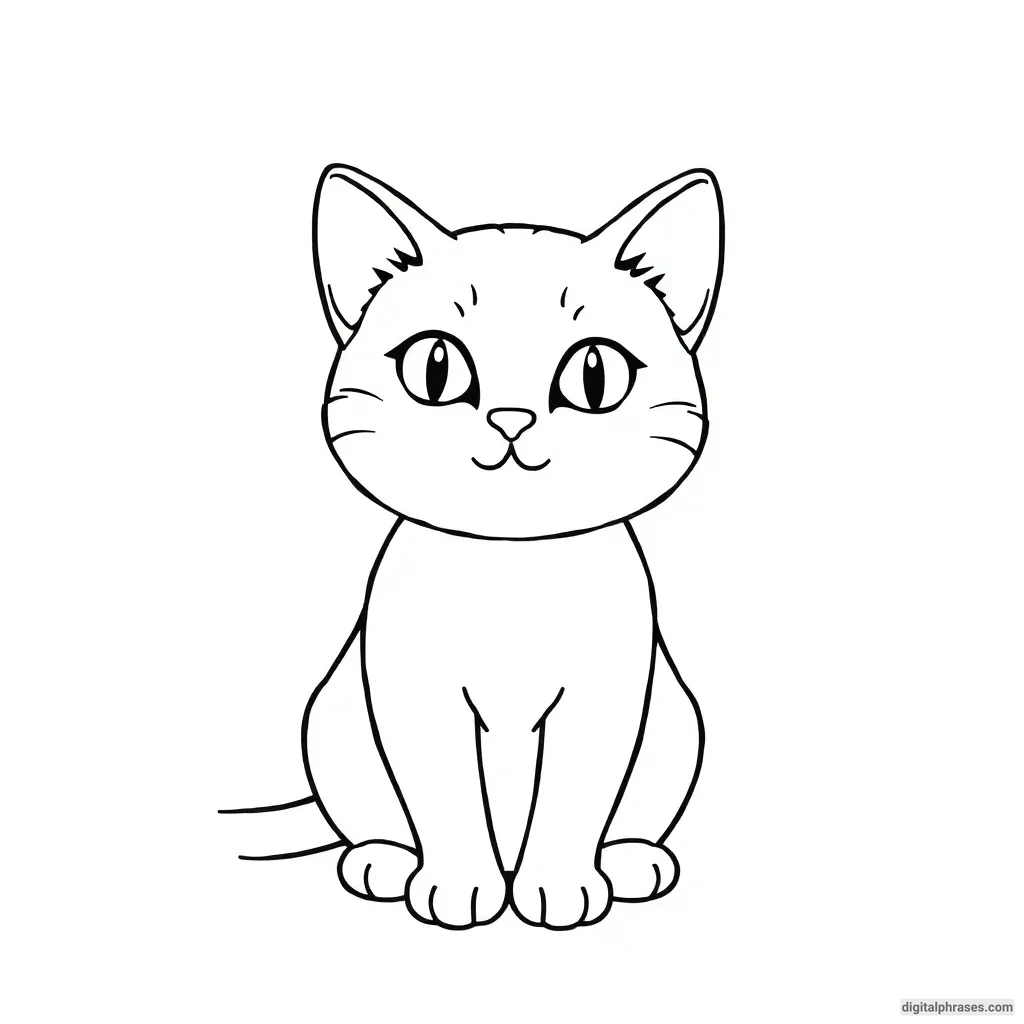
Cute and Creative Animal Coloring Pages
1
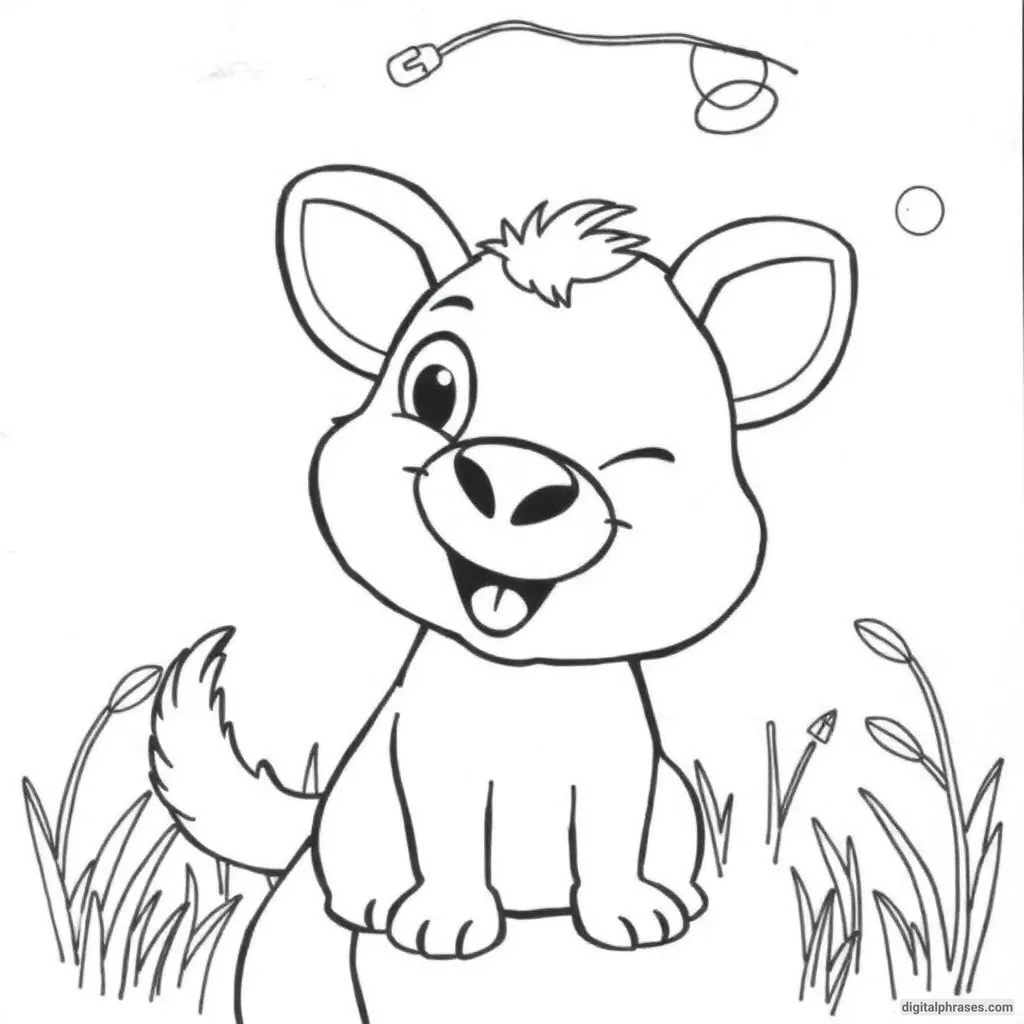
2
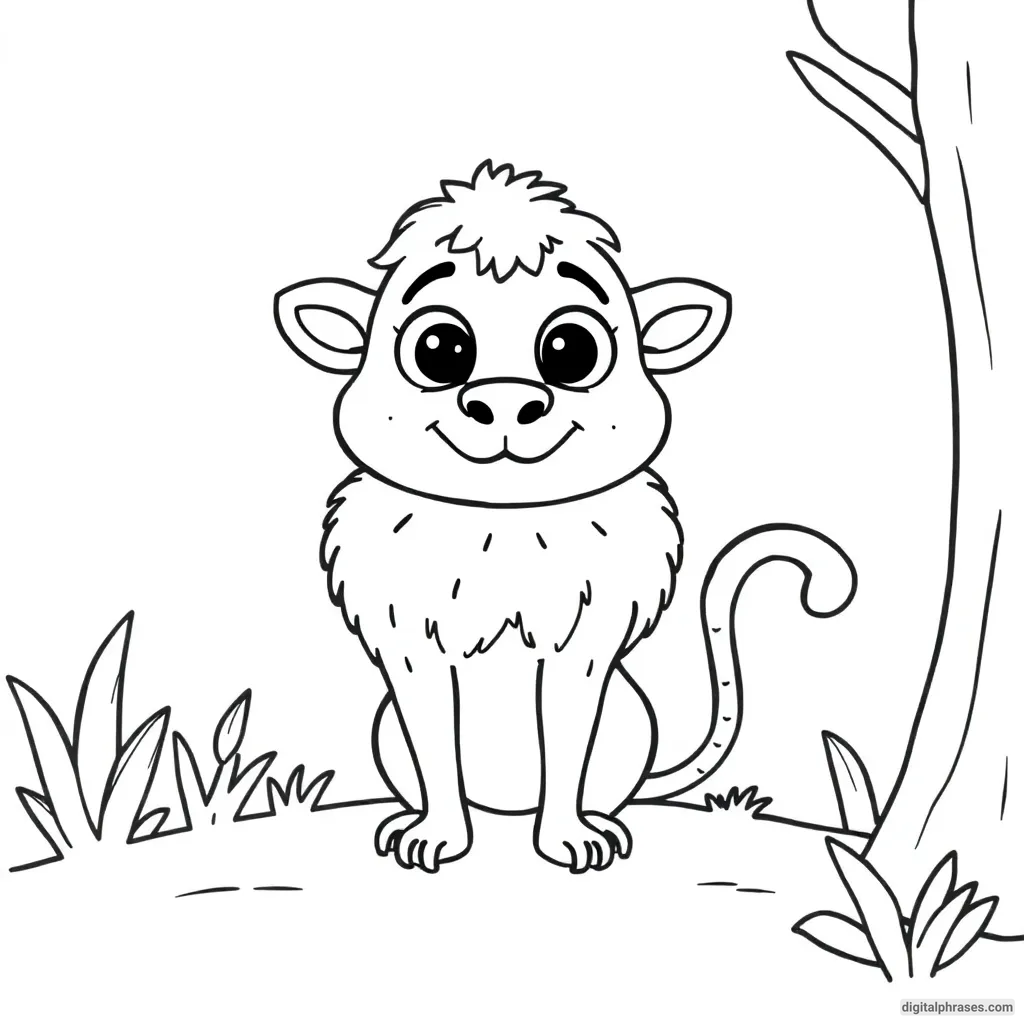
3
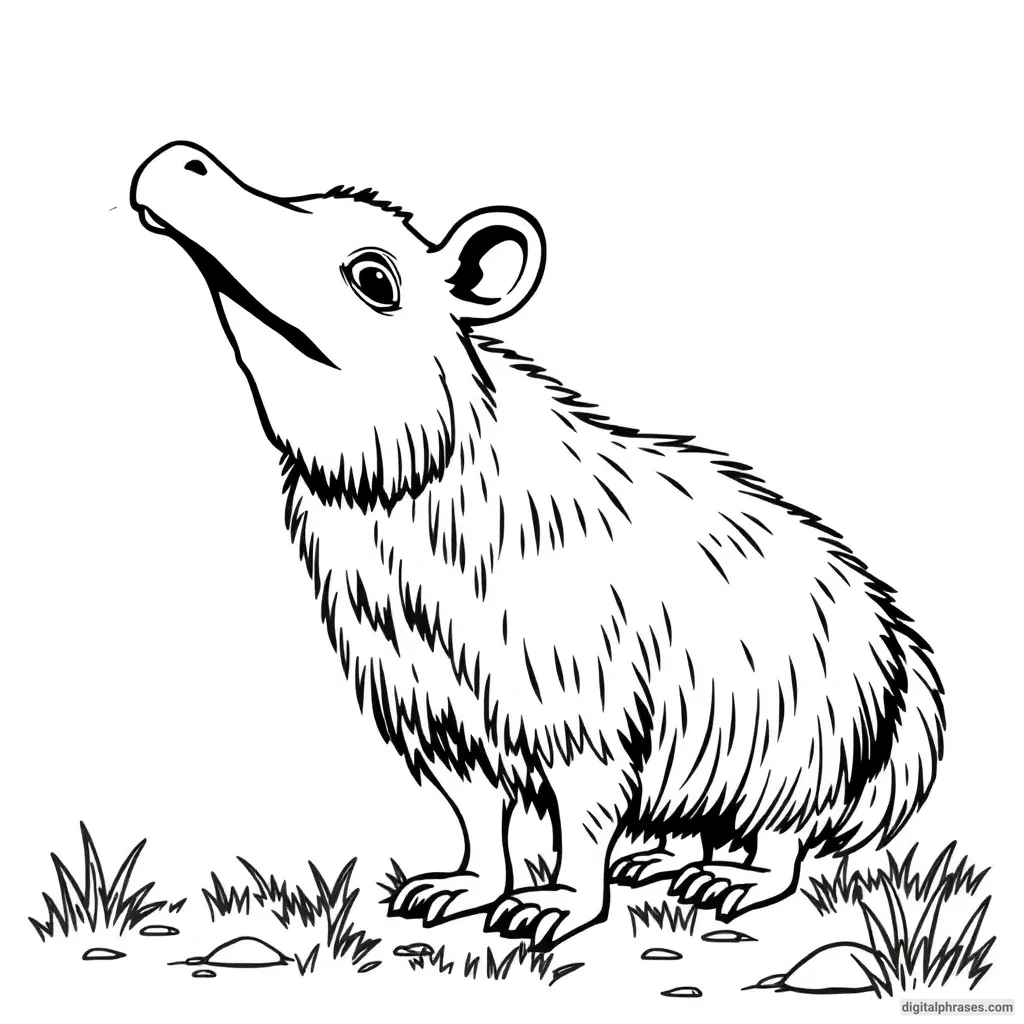
4

5
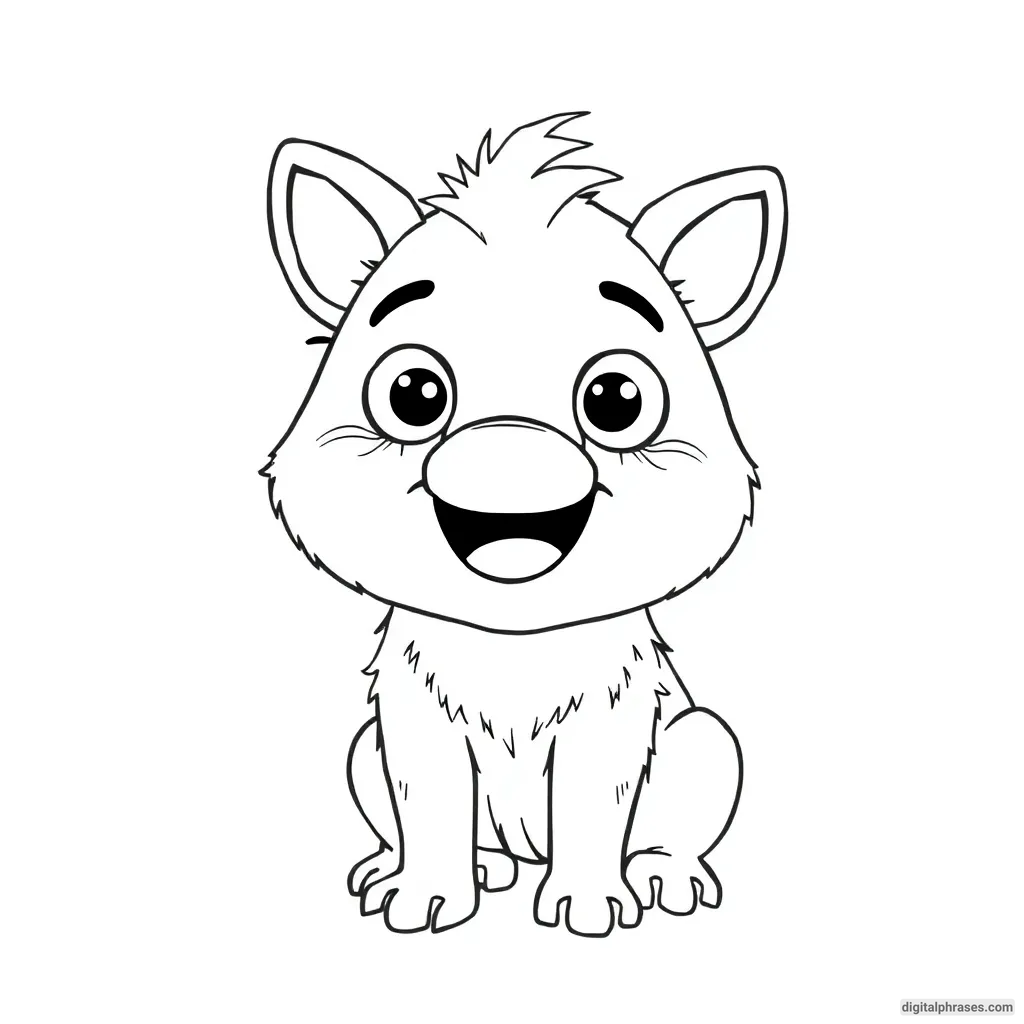
6

7
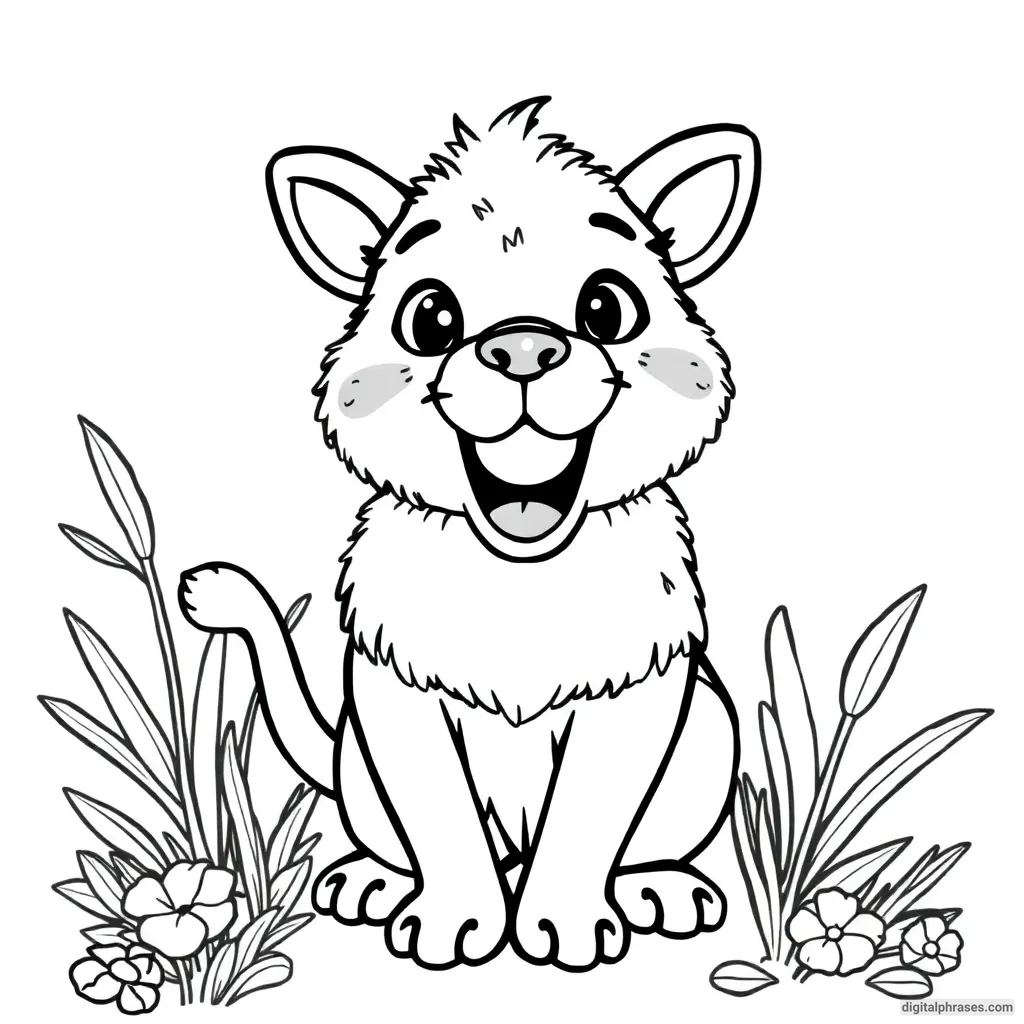
8
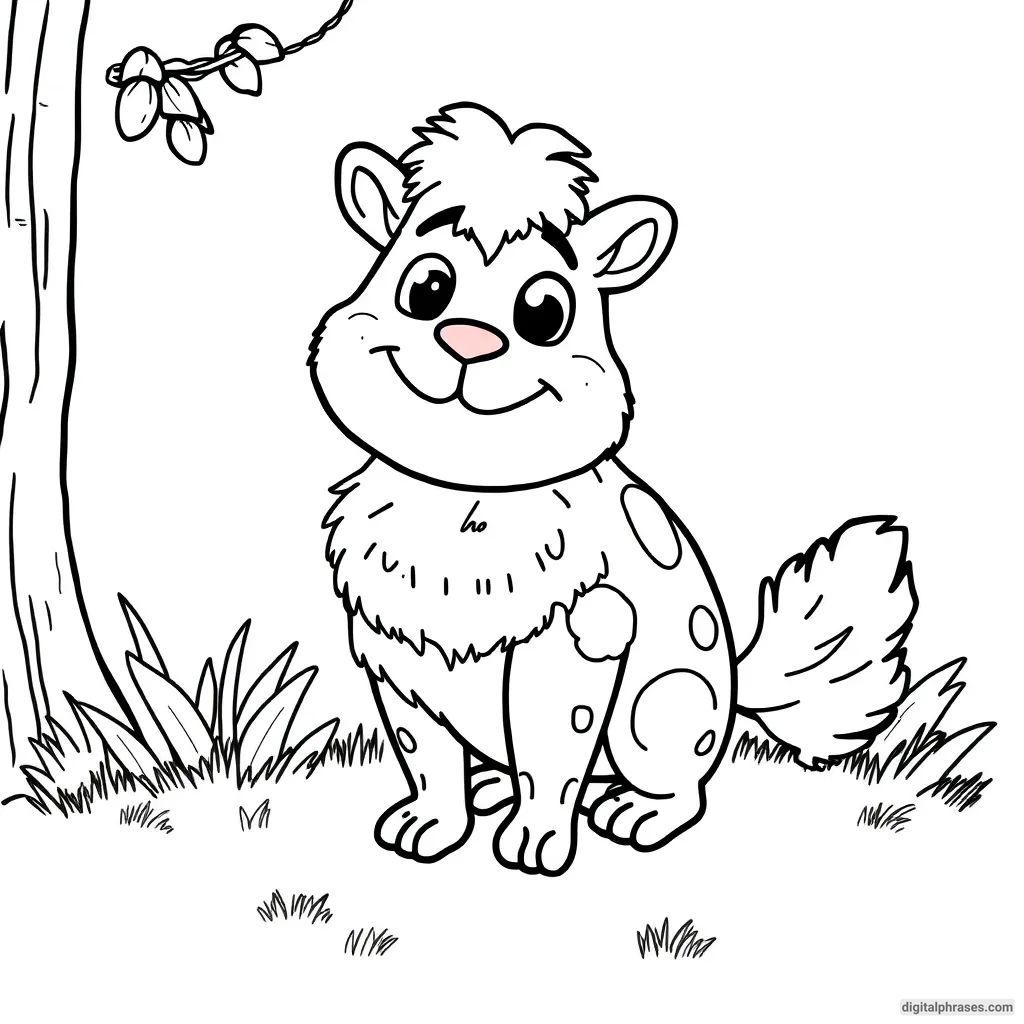
9
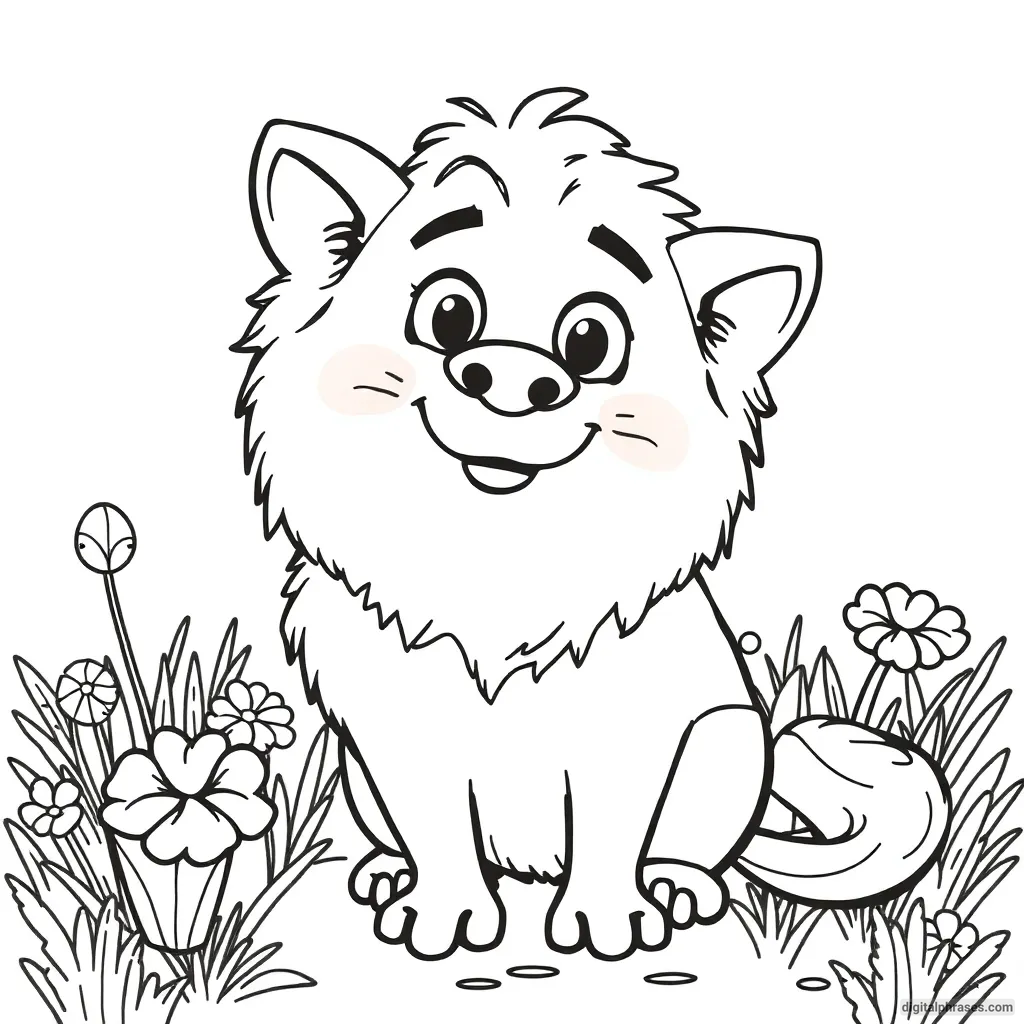
10
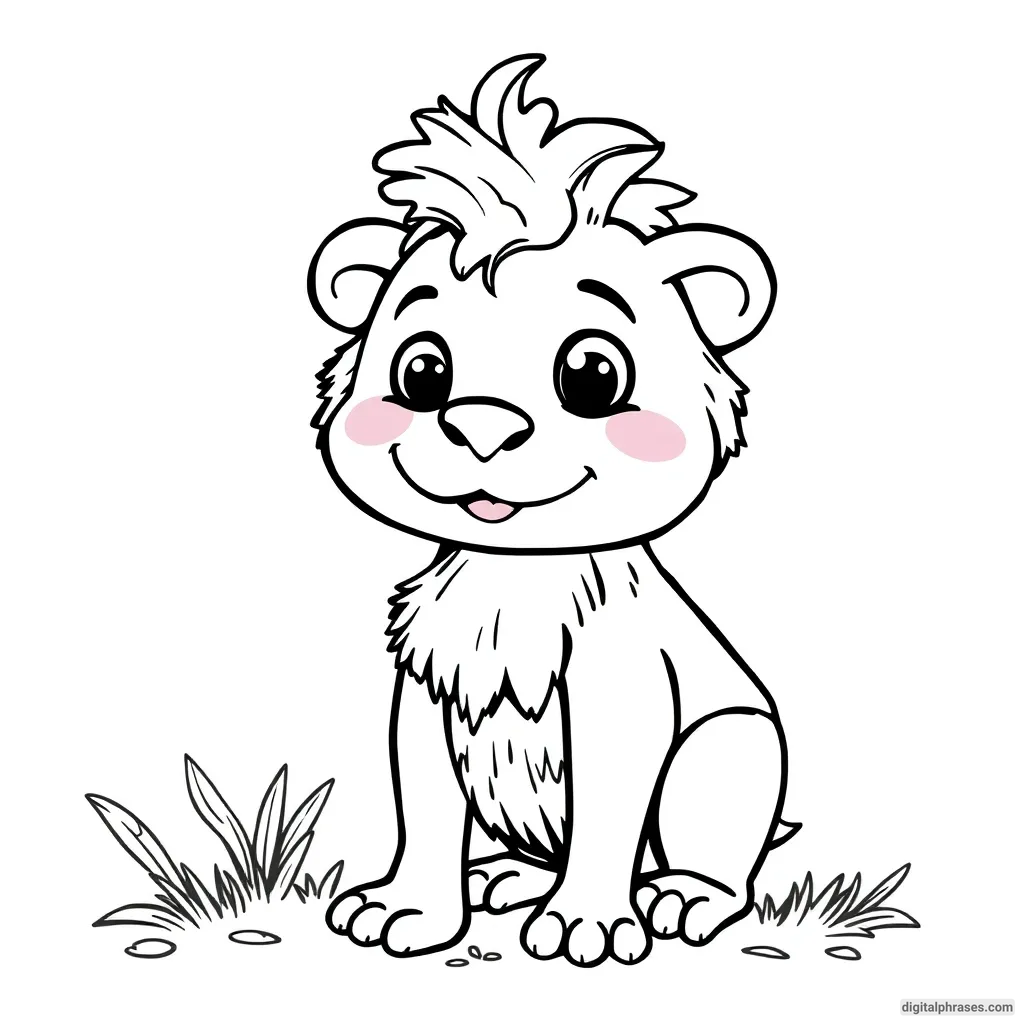
Things To Keep in Mind While Coloring Animal Pages
1. Choose Your Colors Wisely – Or Don’t (Because Who Needs Rules?)
Let’s be real for a second: sure, animals in the wild have their natural colors, but what’s stopping you from giving a giraffe a nice tie-dye look? If you want to follow nature’s palette, great!
But if you want to live on the wild side (pun intended) and make a neon-orange elephant with blue polka dots, that’s totally valid too.
It’s your coloring page, your rules.
That said, if you do want to keep things somewhat realistic, take a minute to Google your animal. Observe how shadows fall on fur or scales, and how their natural hues play out in the wild.
It can help you add depth and dimension to your coloring.
For example, a tiger isn’t just orange; its fur has varying shades of gold, brown, and even subtle touches of grey. But remember, if the tiger ends up looking like it’s ready for a Mardi Gras parade—mission accomplished.
2. Start With Light Colors and Work Your Way Up
Here’s a pro tip that I learned the hard way: start with lighter colors first.
Have you ever accidentally gone in too hard with a dark shade only to realize you can’t erase it without leaving a permanent reminder of your mistake?
Yeah, me too.
If you begin with light colors, you have more flexibility to add shading and darker tones as you go. Plus, it gives you room to experiment. Maybe you’ll want to blend a little yellow into that lion’s mane or add a gentle pink to your flamingo’s feathers before going all-in on the deeper hues.
Light colors are your safety net.
Trust me.
3. Shading and Blending – Get Fancy
If you’re feeling adventurous and want to elevate your coloring game, try some basic shading and blending techniques.
Don’t worry, you don’t need to channel your inner Da Vinci (unless you want to, of course), but a little shading can go a long way.
For example, if you’re coloring a lion, you might want to blend darker tones near the mane and around the edges of its body to create depth.
This can make your lion look like it’s stepping out of the page instead of lounging in a 2D world.
Use a slightly darker pencil for the shadows and blend it into the lighter areas with gentle strokes. Your lion will go from flat to fabulous in no time.
The same goes for animals with patterns—like zebras or leopards. Instead of making the stripes or spots flat black, try using gradients of grey and brown to give them a more dynamic look.
4. Texture: Make That Fur or Scales Pop!
Animals come in all textures—some are furry, others are scaly, and a few are just downright spikey (we’re looking at you, porcupine). Capturing that texture in your coloring can really bring your page to life.
For fur, use short, quick strokes that mimic the direction of the animal’s hair growth.
This works well for creatures like lions, wolves, and bears. For scaly animals, like snakes or fish, you can use curved lines to highlight the shine and sleekness of their skin.
If you’re feeling particularly artistic, you can even try cross-hatching techniques to create a rougher texture for reptiles.
Not only will this add dimension to your coloring page, but it’ll also make you feel like you’ve seriously leveled up your skills.
Bonus points if someone glances at your page and says, “Whoa, I can almost feel that fur.”
5. Don’t Forget the Background
So, you’ve spent hours getting the perfect shade of cerulean on your parrot’s feathers, but what about the rest of the page?
Leaving the background blank can make your beautifully colored animal look like it’s floating in a void of nothingness, which is fine if that’s the look you’re going for (space-giraffes, anyone?).
However, adding a simple background can make your animal pop even more.
You don’t need to go all out—sometimes a soft gradient or a few bushes and trees will do the trick. If you’re feeling bold, create an entire scene, like a savanna for your lion or an ocean for your dolphin.
Adding a little context can make your animal feel more at home.
6. Have a Story in Mind
Coloring can be more fun if you give your animals a backstory.
Maybe the fox you’re coloring is the slyest trickster in the forest, or the peacock is preparing for the biggest feather-flaring competition of the year.
Perhaps your crocodile is a misunderstood artist with a penchant for sculpting in mud.
Imagining a story while you color not only makes the process more enjoyable but can also influence the colors you choose. Maybe your fox has a mischievous streak, so you give him vibrant, bold colors to match his personality.
Or your peacock is shy, so you go with more muted tones.
7. Experiment with Mediums
If you’re tired of the same old colored pencils, why not switch it up? Try using watercolors, markers, or even crayons to give your animal coloring page a fresh twist.
Each medium has its own charm and can change the entire vibe of your masterpiece.
Markers can give you bold, bright colors, while watercolors can add a soft, dreamy effect to your animals.
Crayons can give your coloring an old-school vibe, and let’s be honest, who doesn’t love the smell of a freshly opened box of Crayola?
Don’t be afraid to mix and match either. You can use colored pencils for detailed work, like fur or feathers, and markers or watercolors for the background.
Combining different mediums adds texture and visual interest to your page.
8. Relax and Enjoy the Process
It’s easy to get caught up in making your coloring page perfect, but the real beauty of coloring is in the process.
It’s a meditative activity that lets you focus on something simple and fun. So what if your elephant ends up with a little blue smudge or your flamingo’s beak is a bit crooked?
In the grand scheme of things, it’s just coloring!
Put on some music, grab your favorite beverage, and just enjoy the experience. The world is full of stress, but coloring can be a little oasis of calm.
And if you mess up?
Well, that’s just part of the adventure.

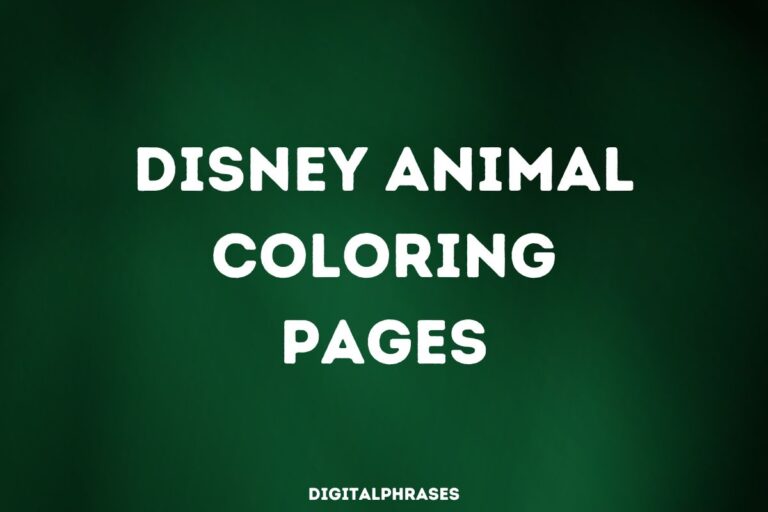
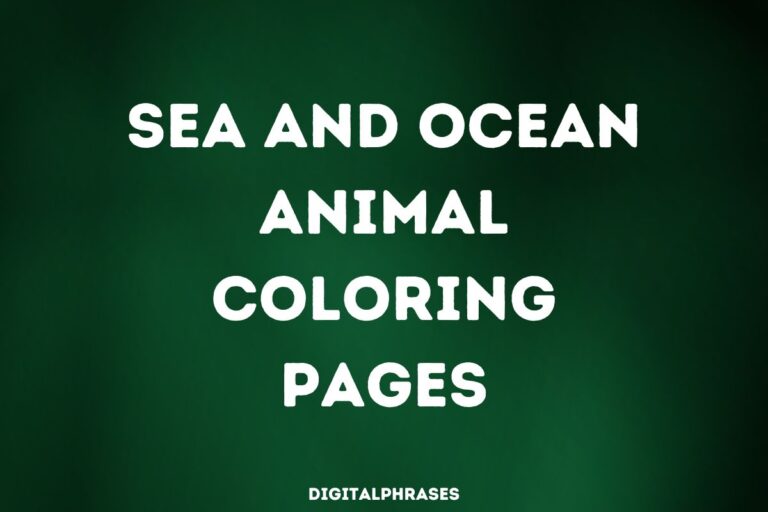
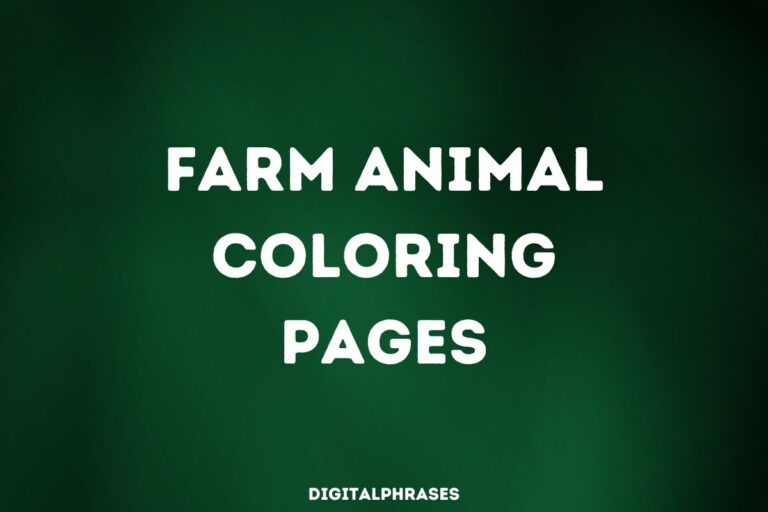
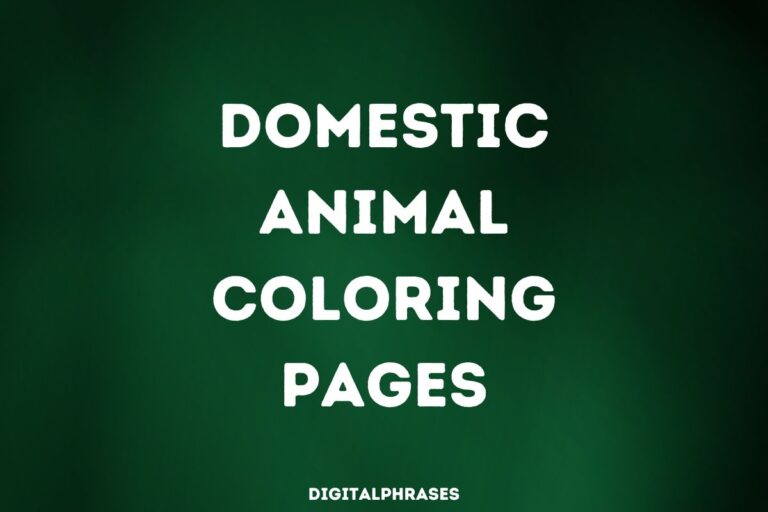
![130 Coloring Pages Of People [Contains Pages For Kids, Adults, Teens, Beautiful People and Much More] 130 Coloring Pages Of People [Contains Pages For Kids, Adults, Teens, Beautiful People and Much More]](https://digitalphrases.com/wp-content/uploads/2024/10/coloring-pages-of-people-768x512.jpg)
